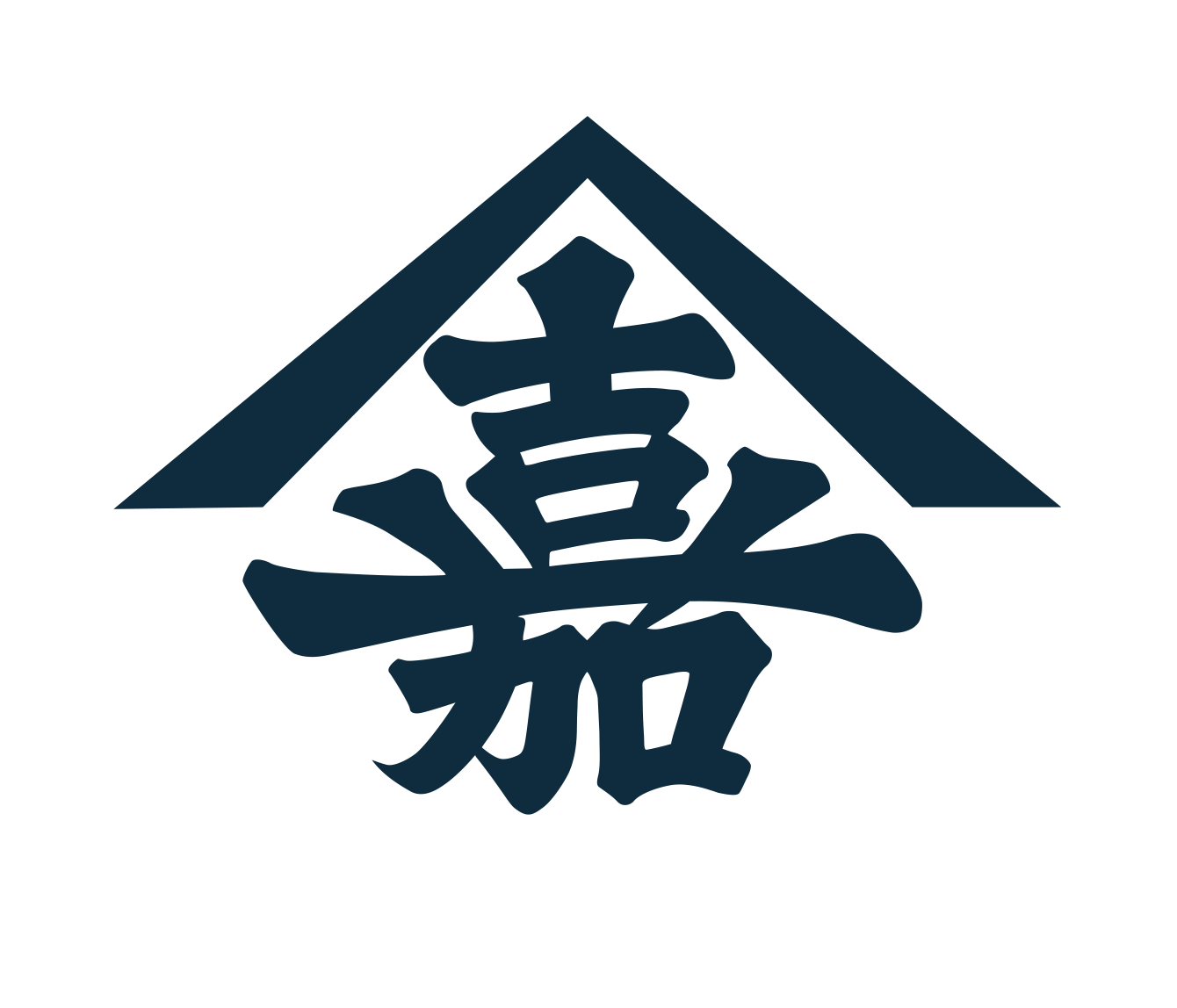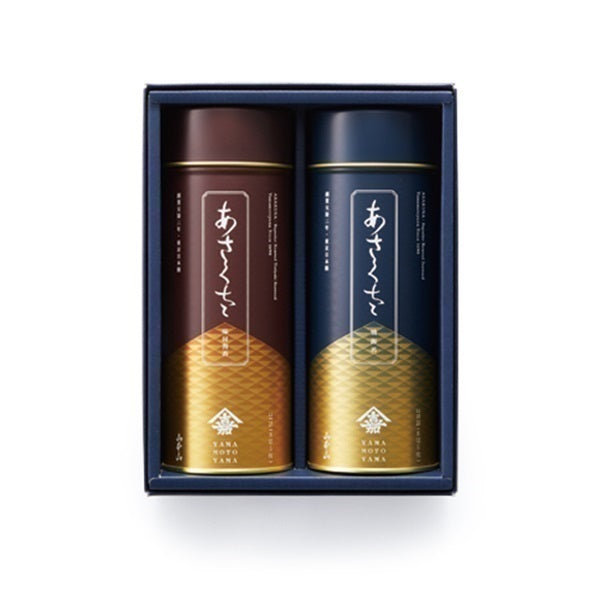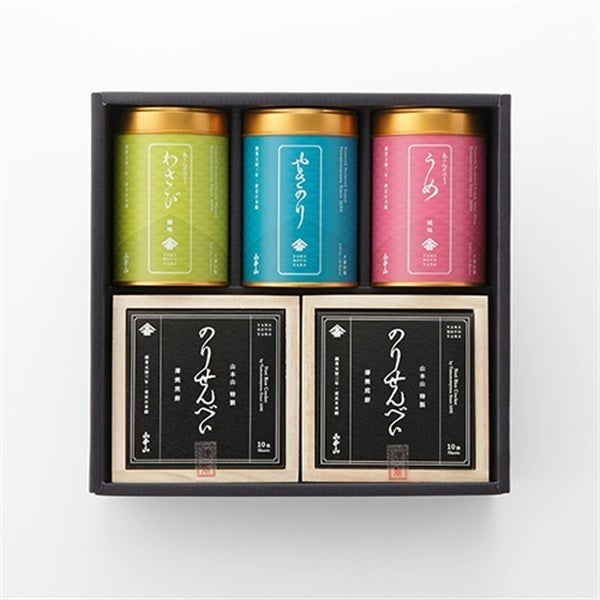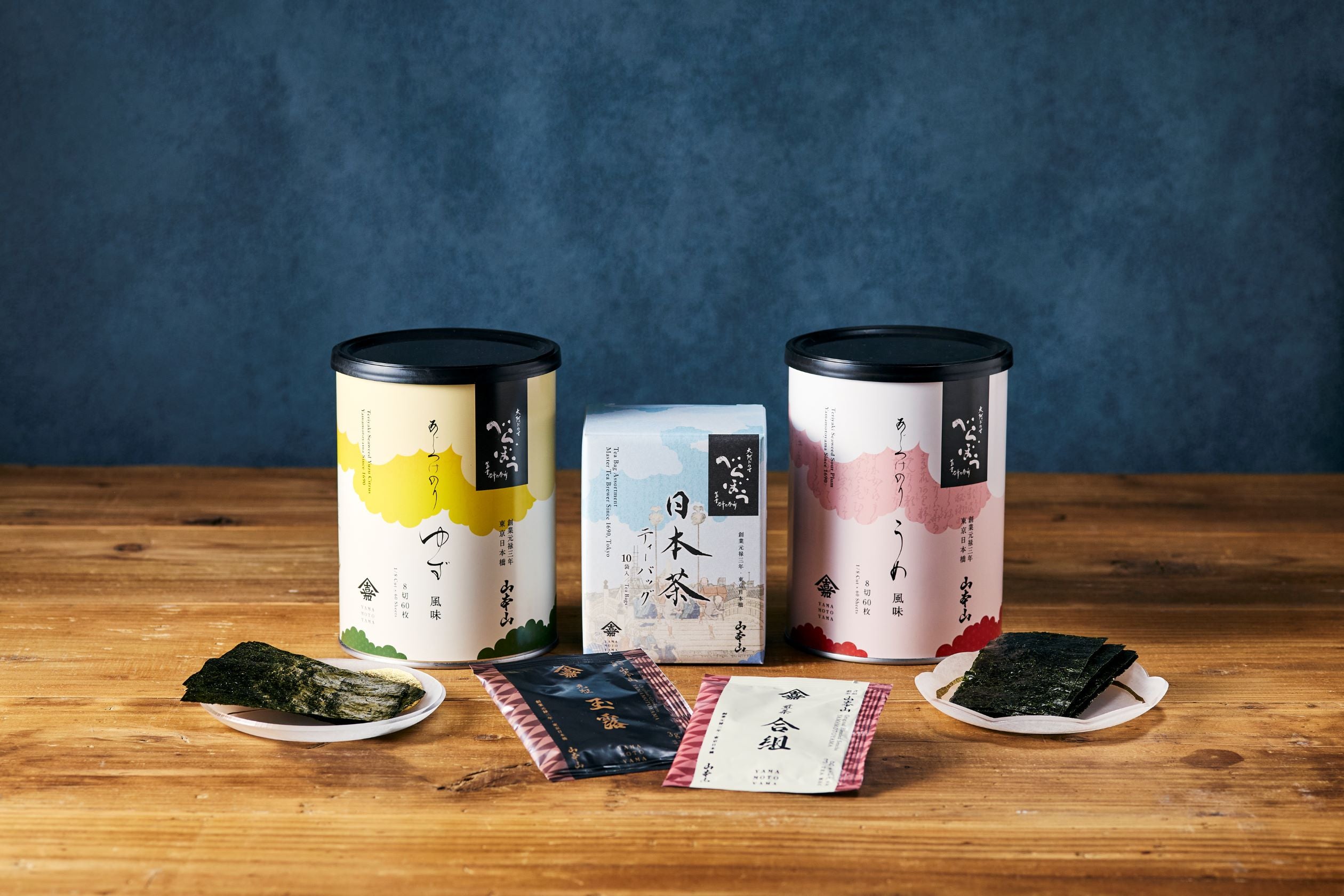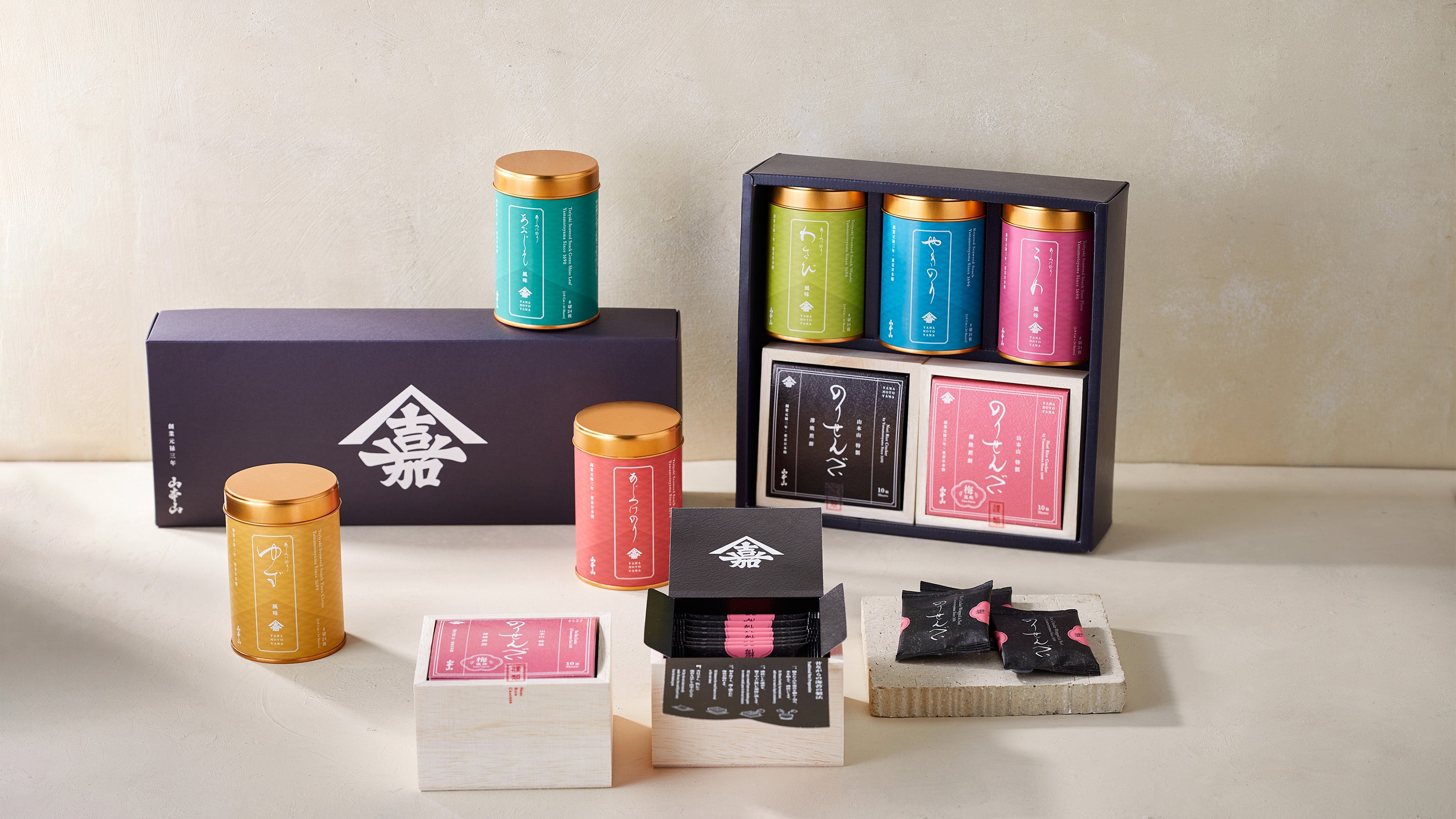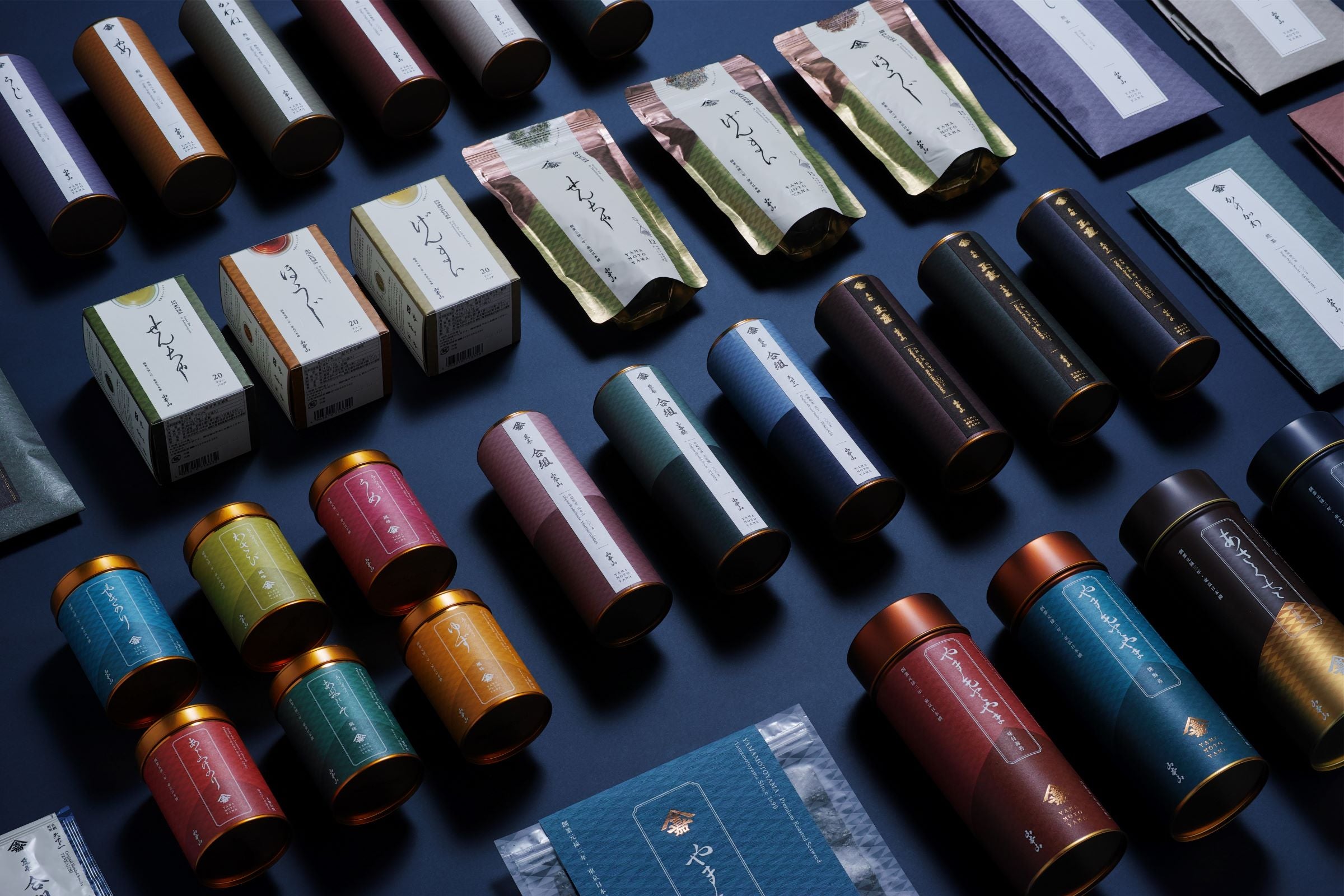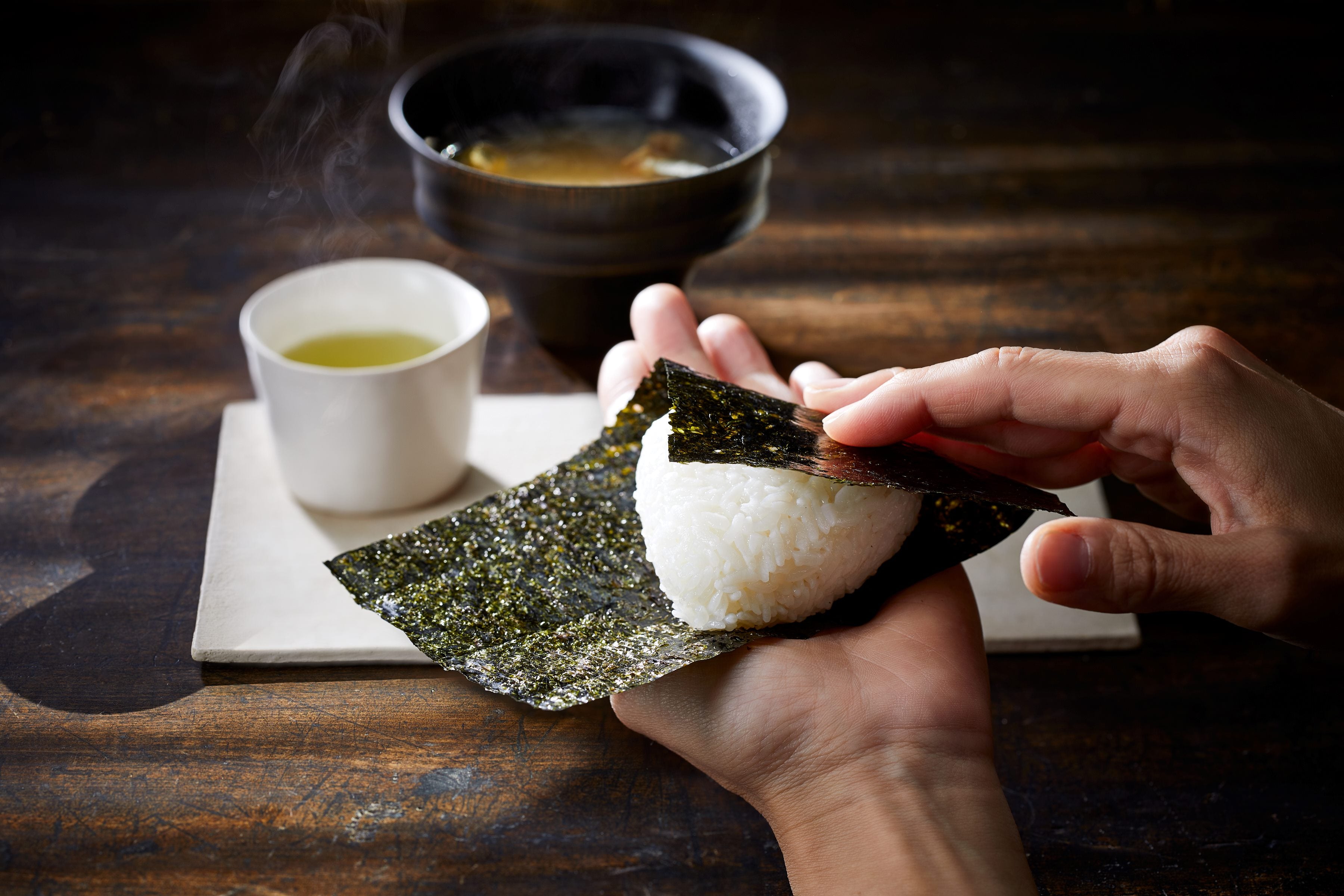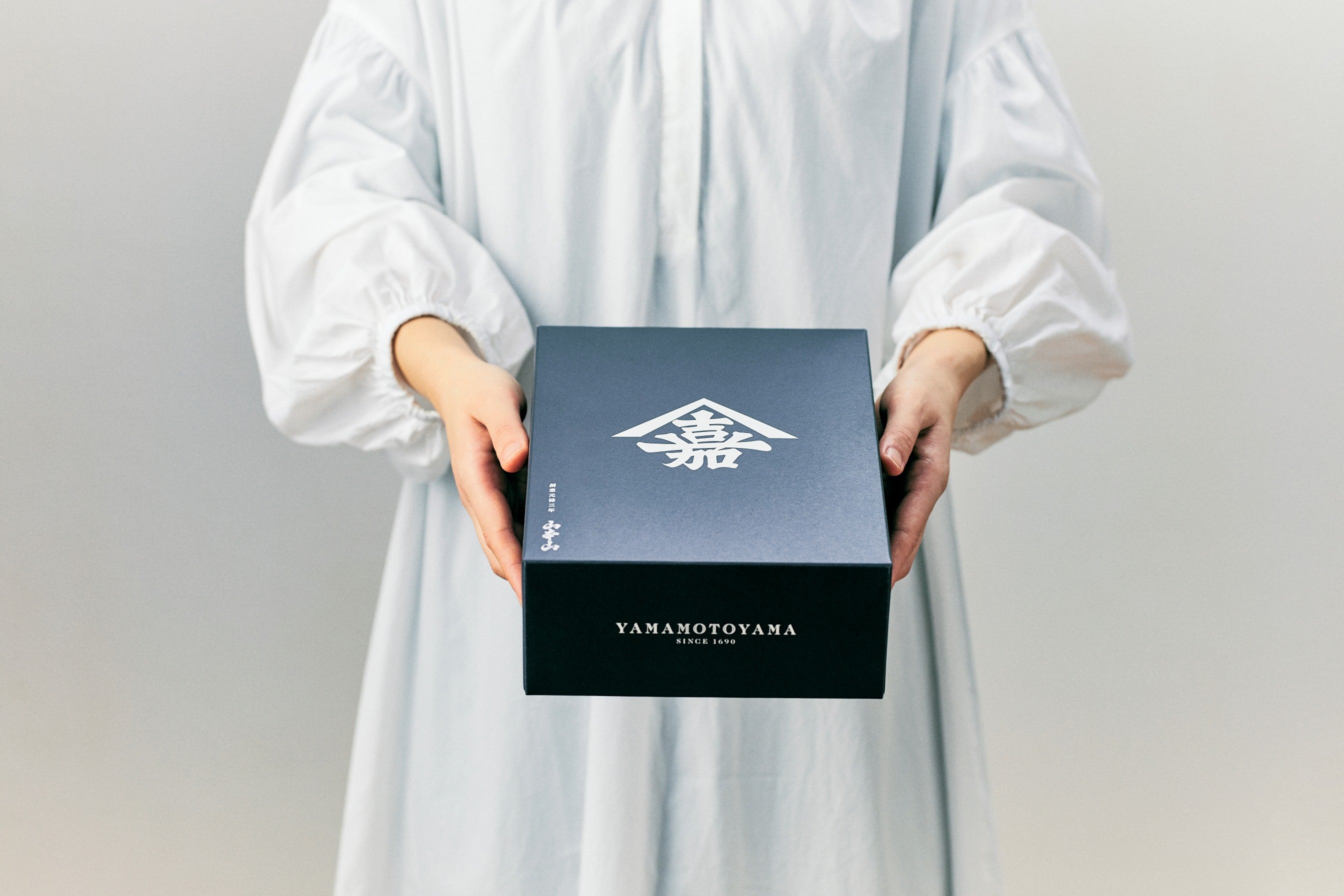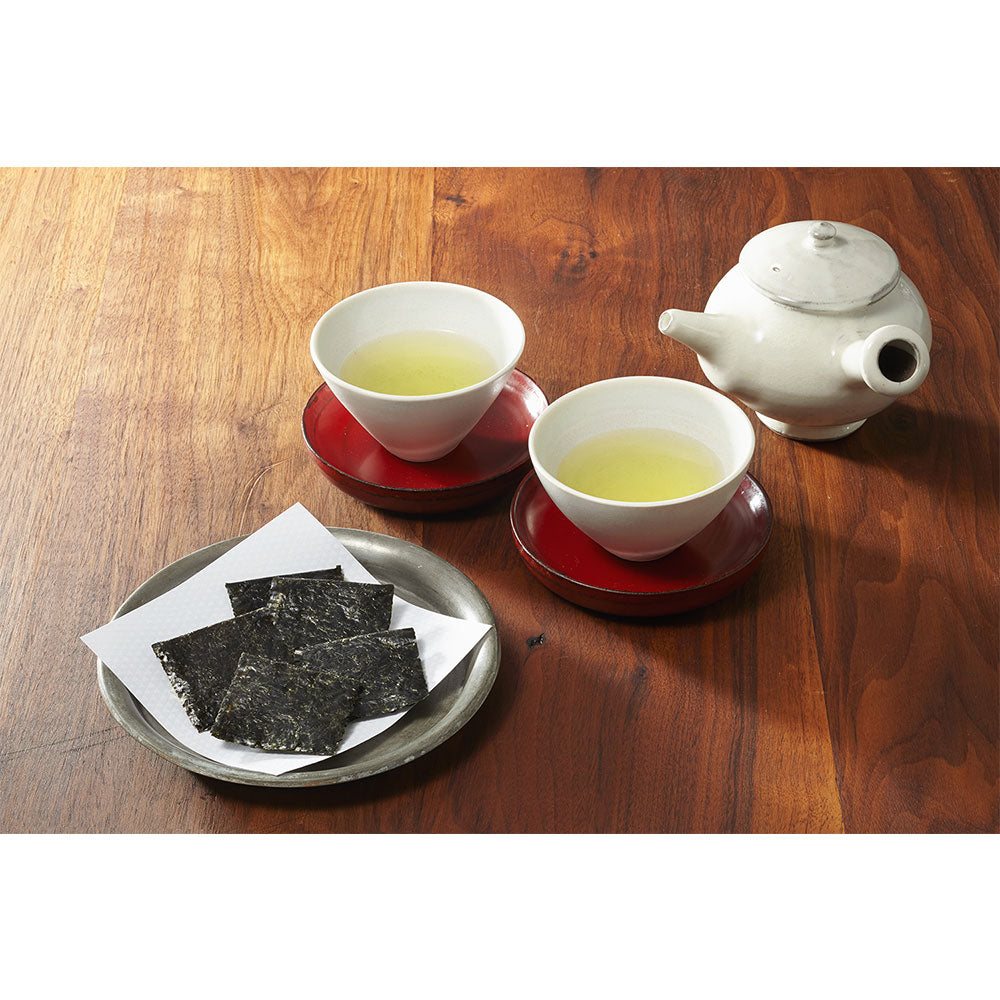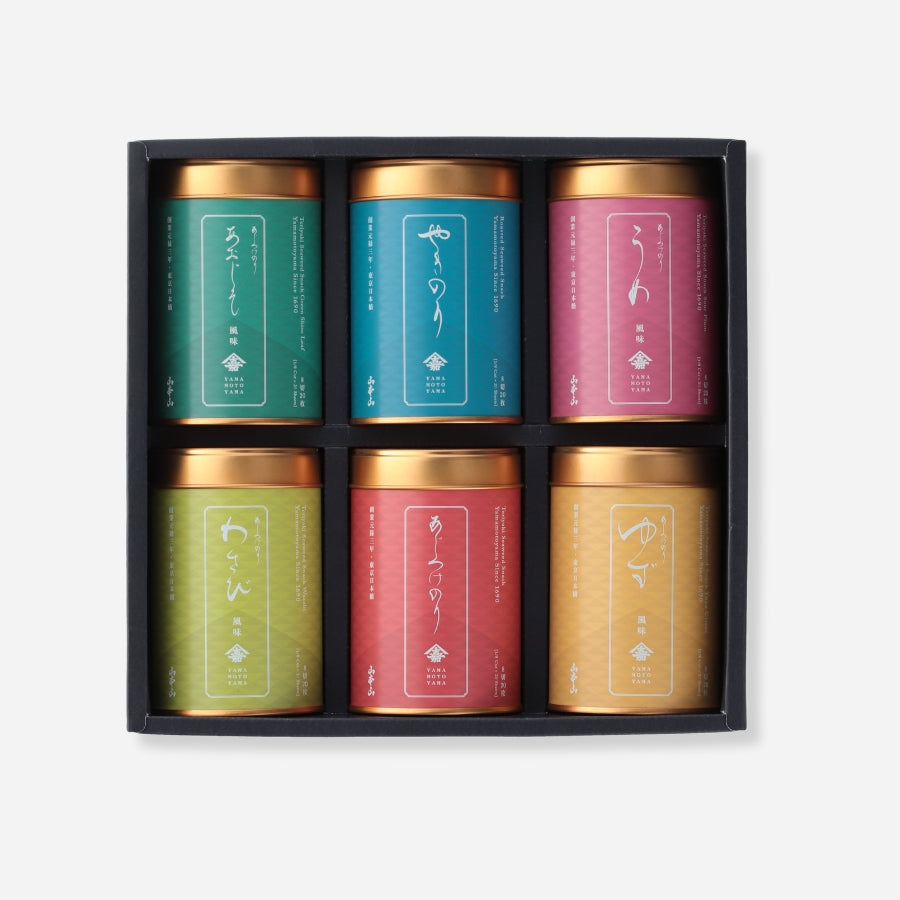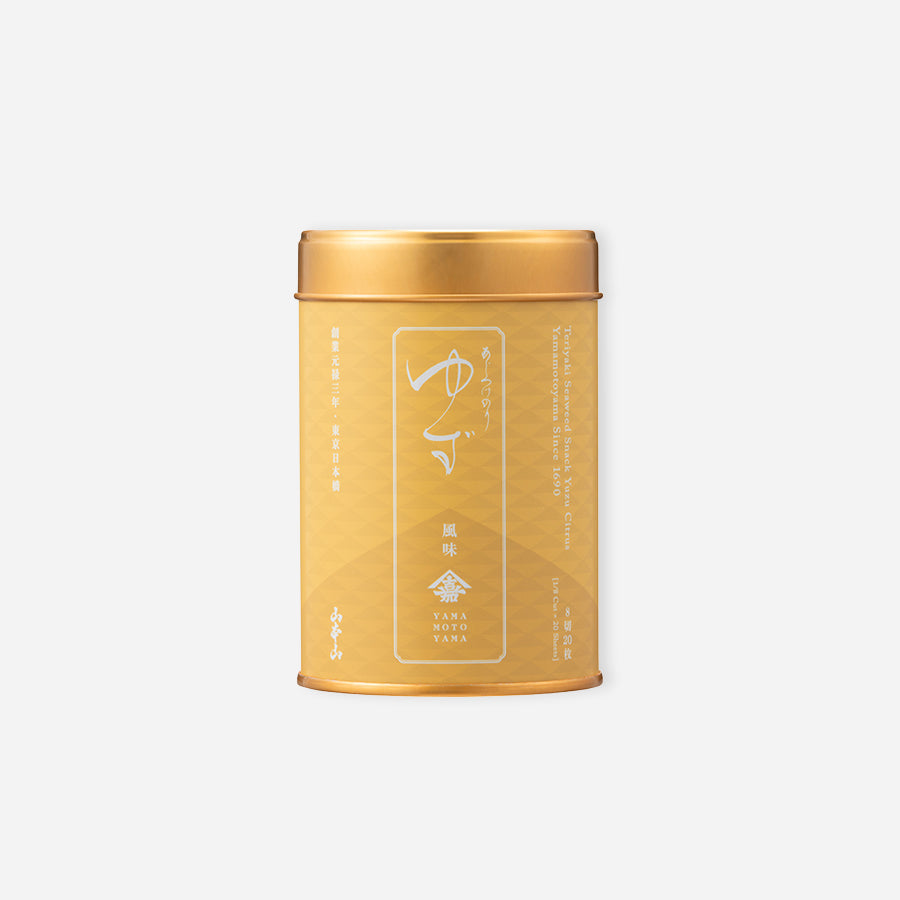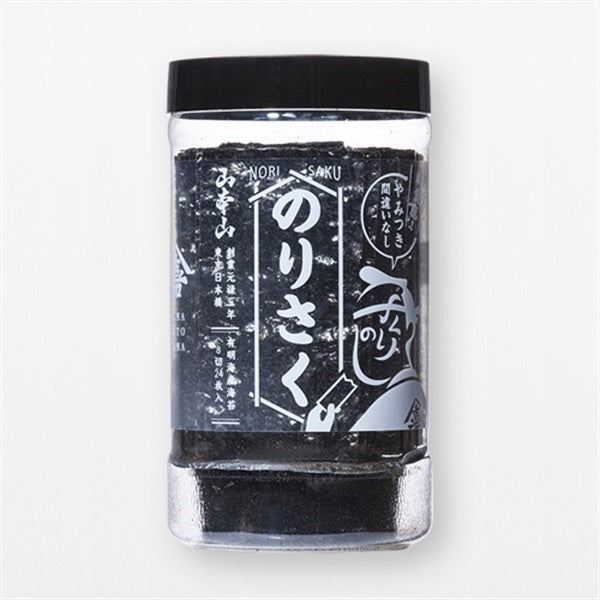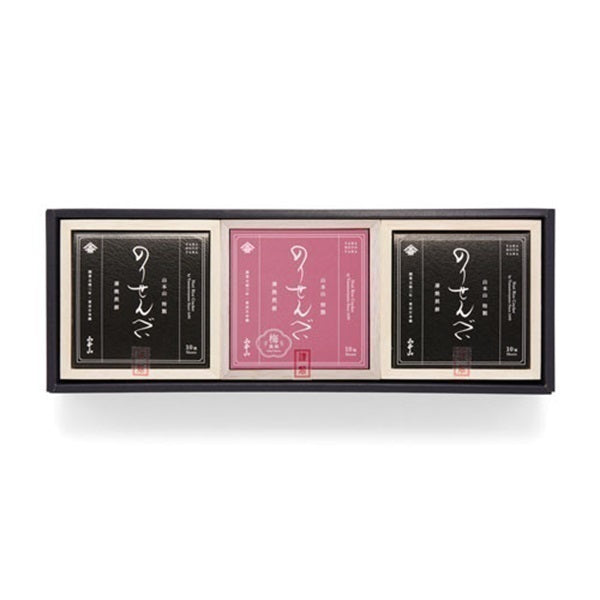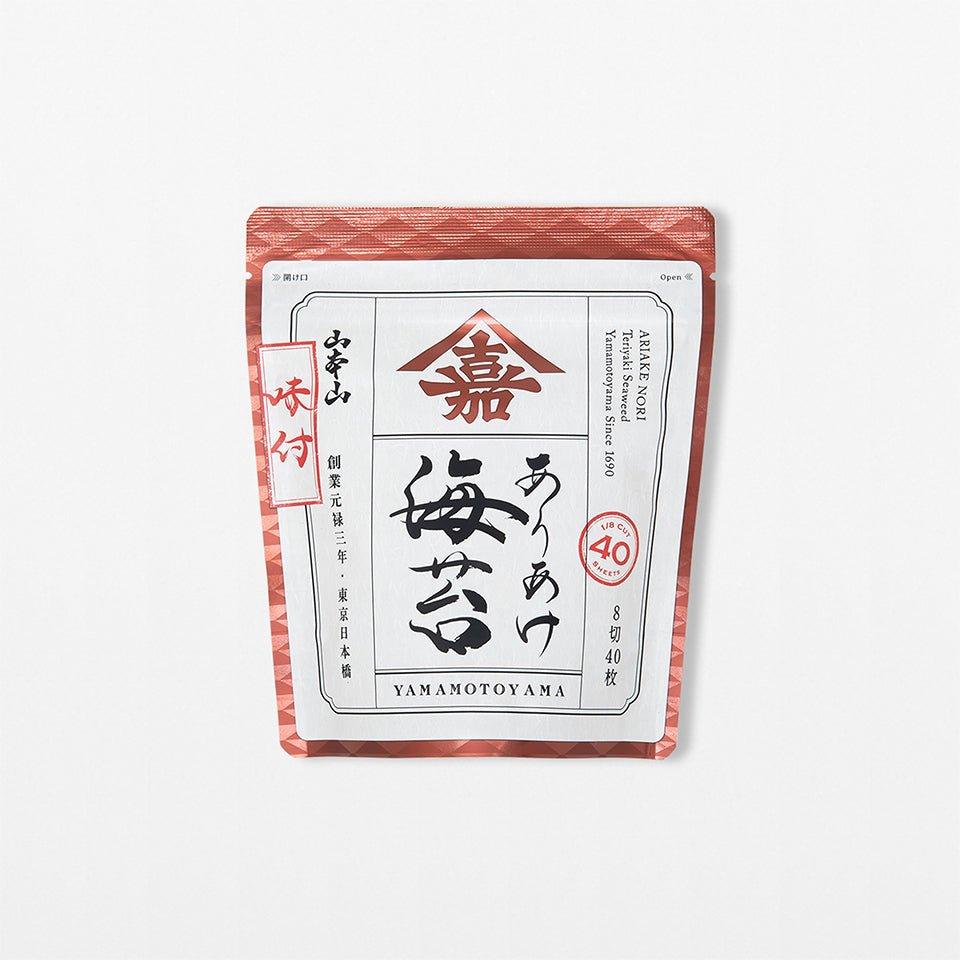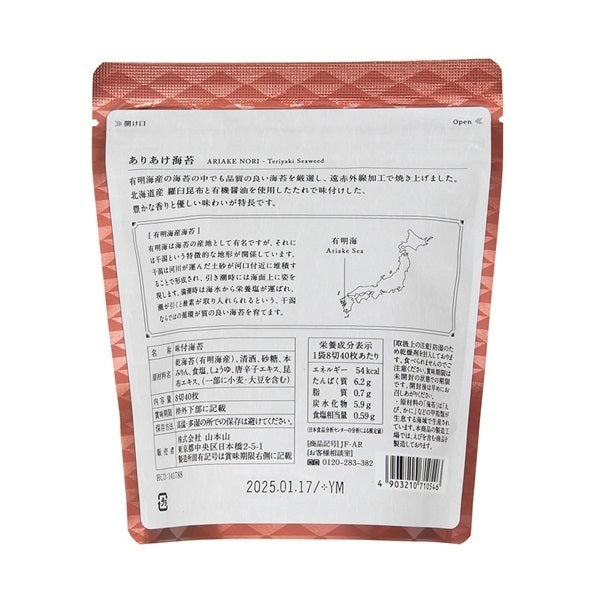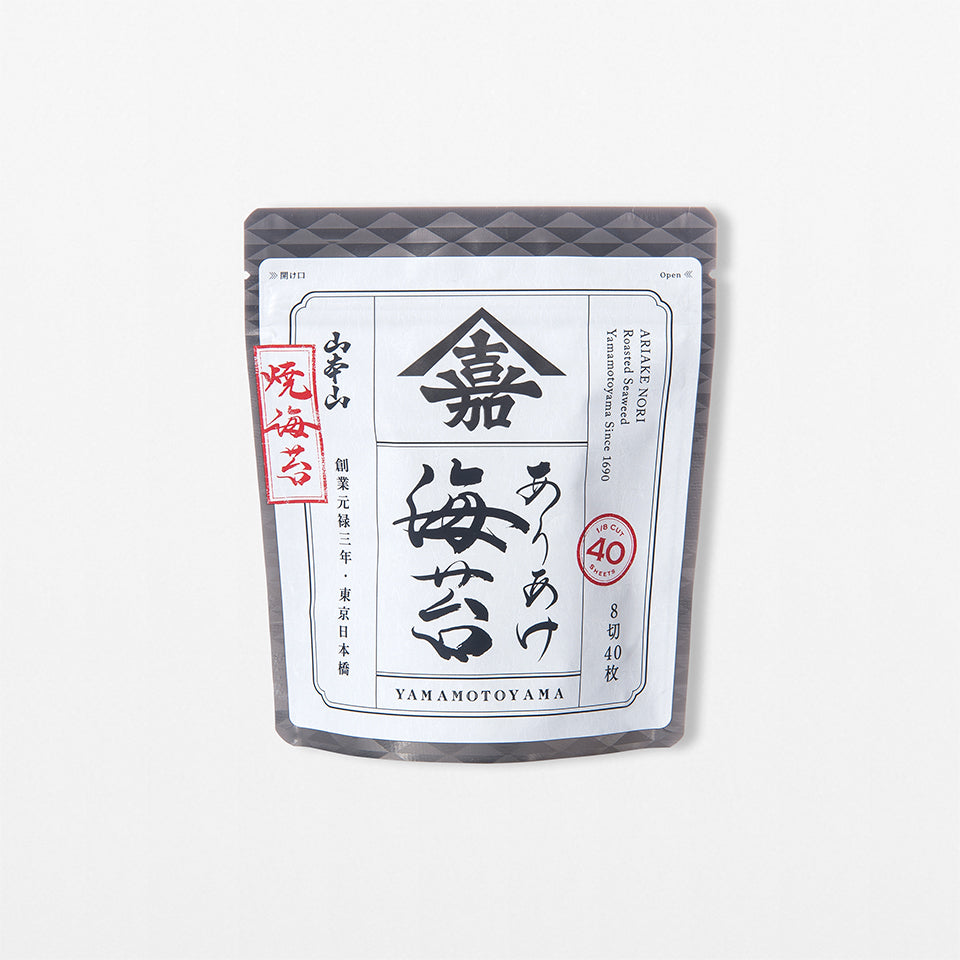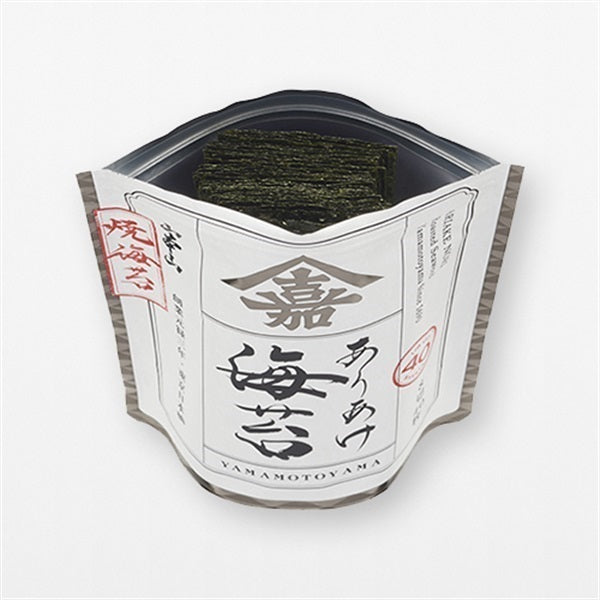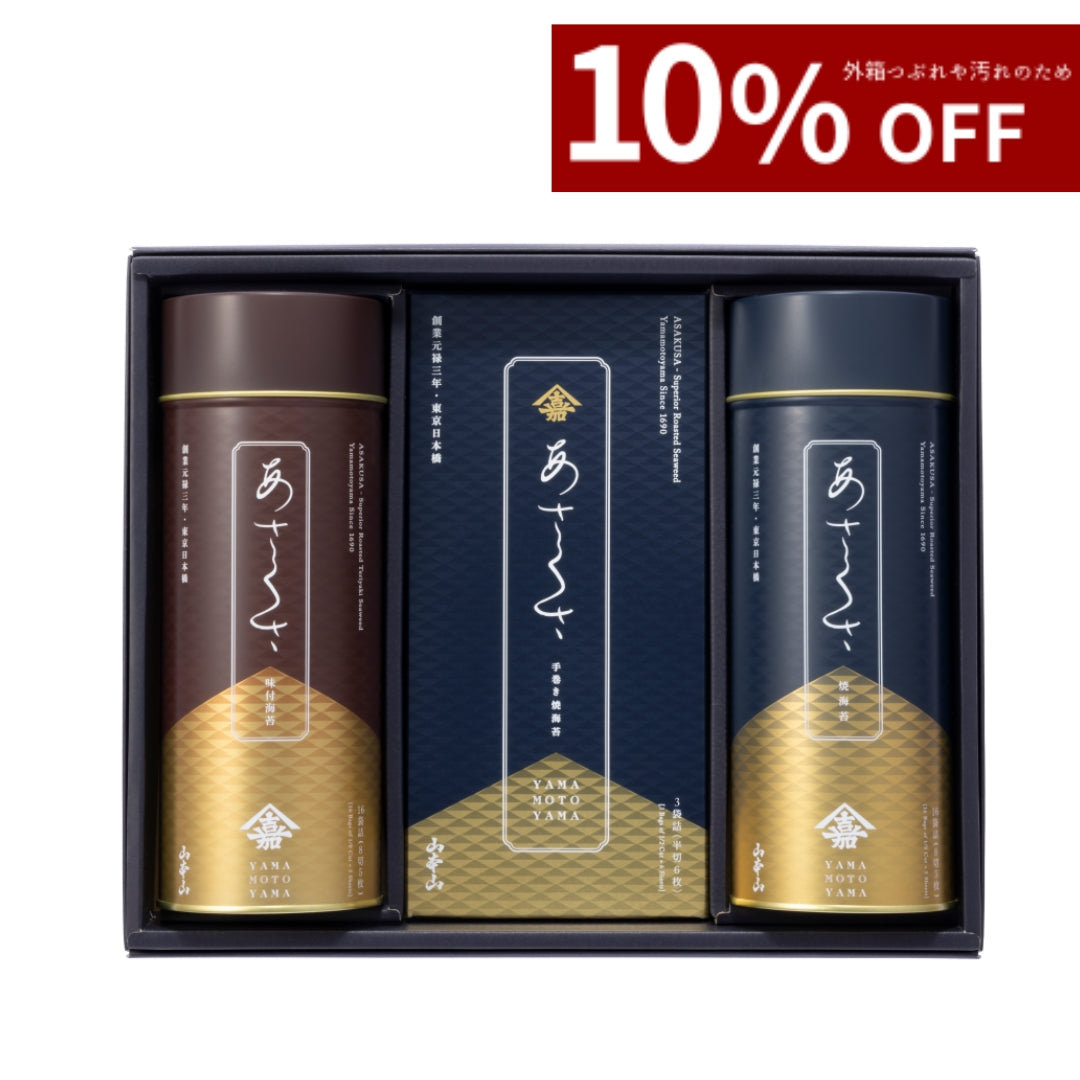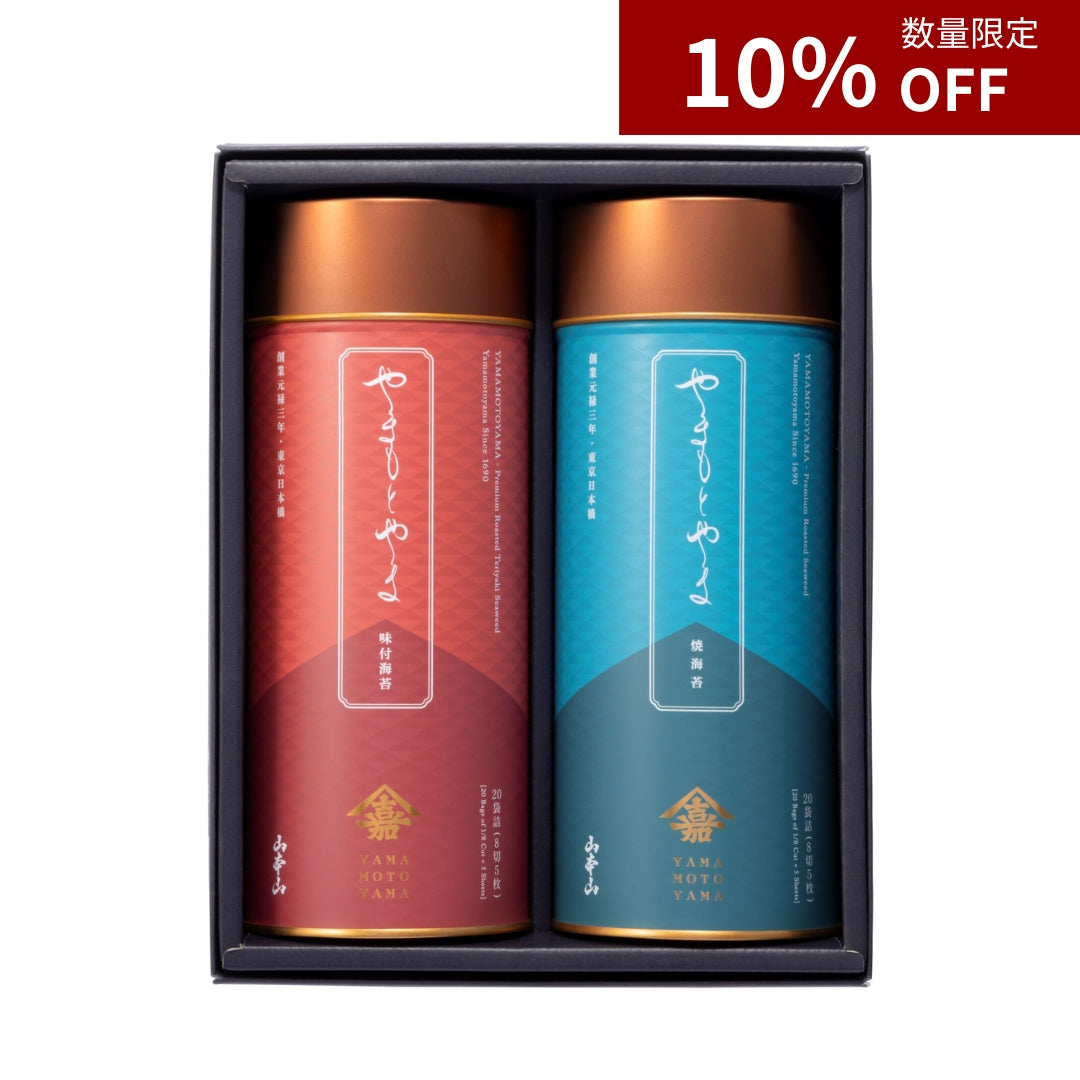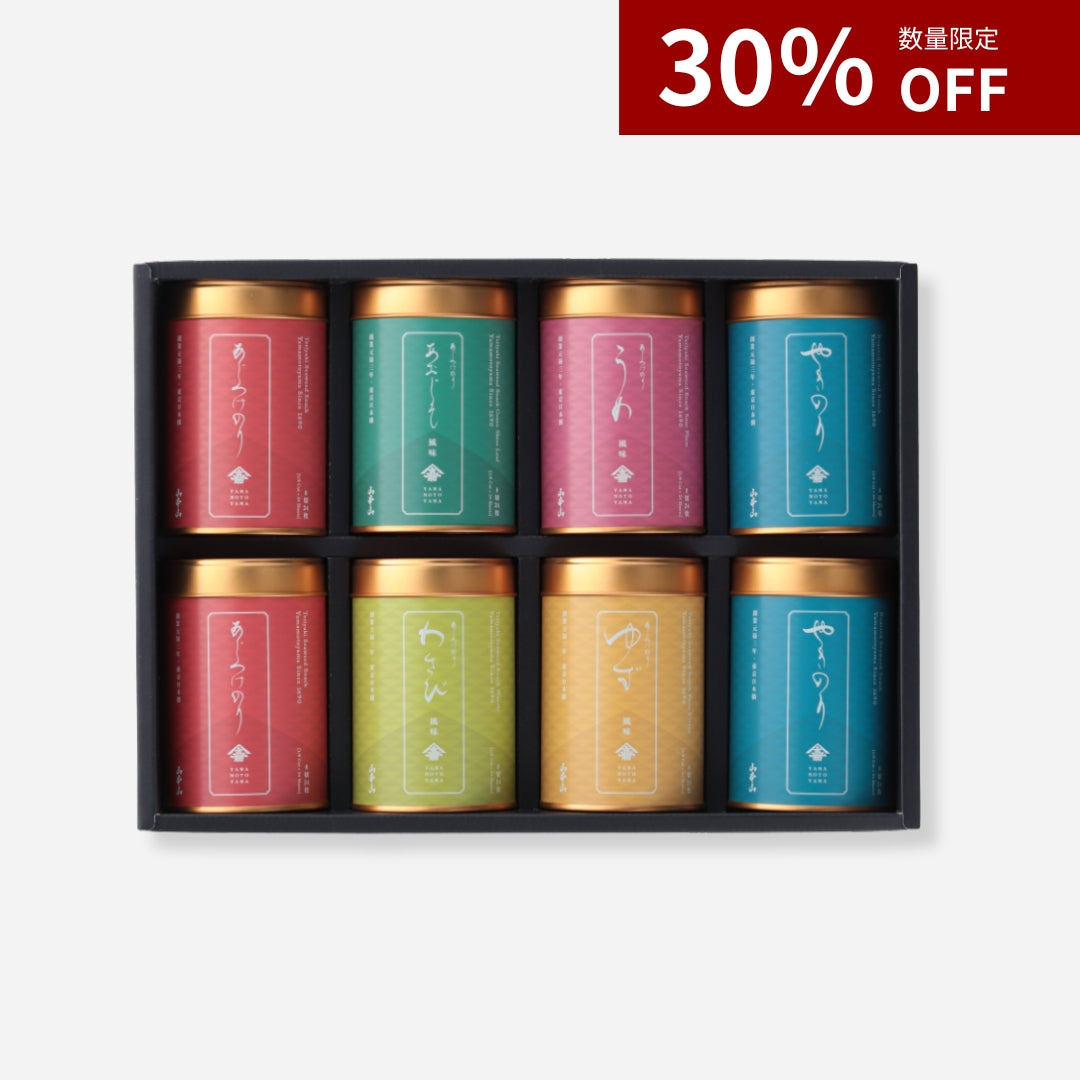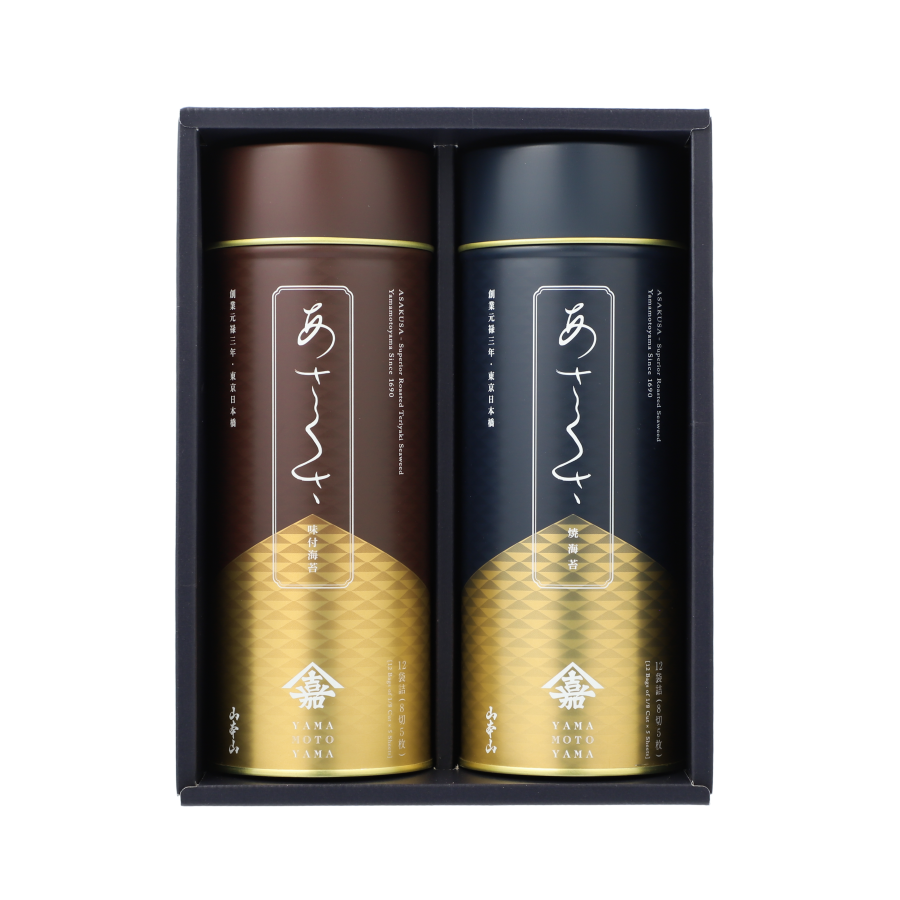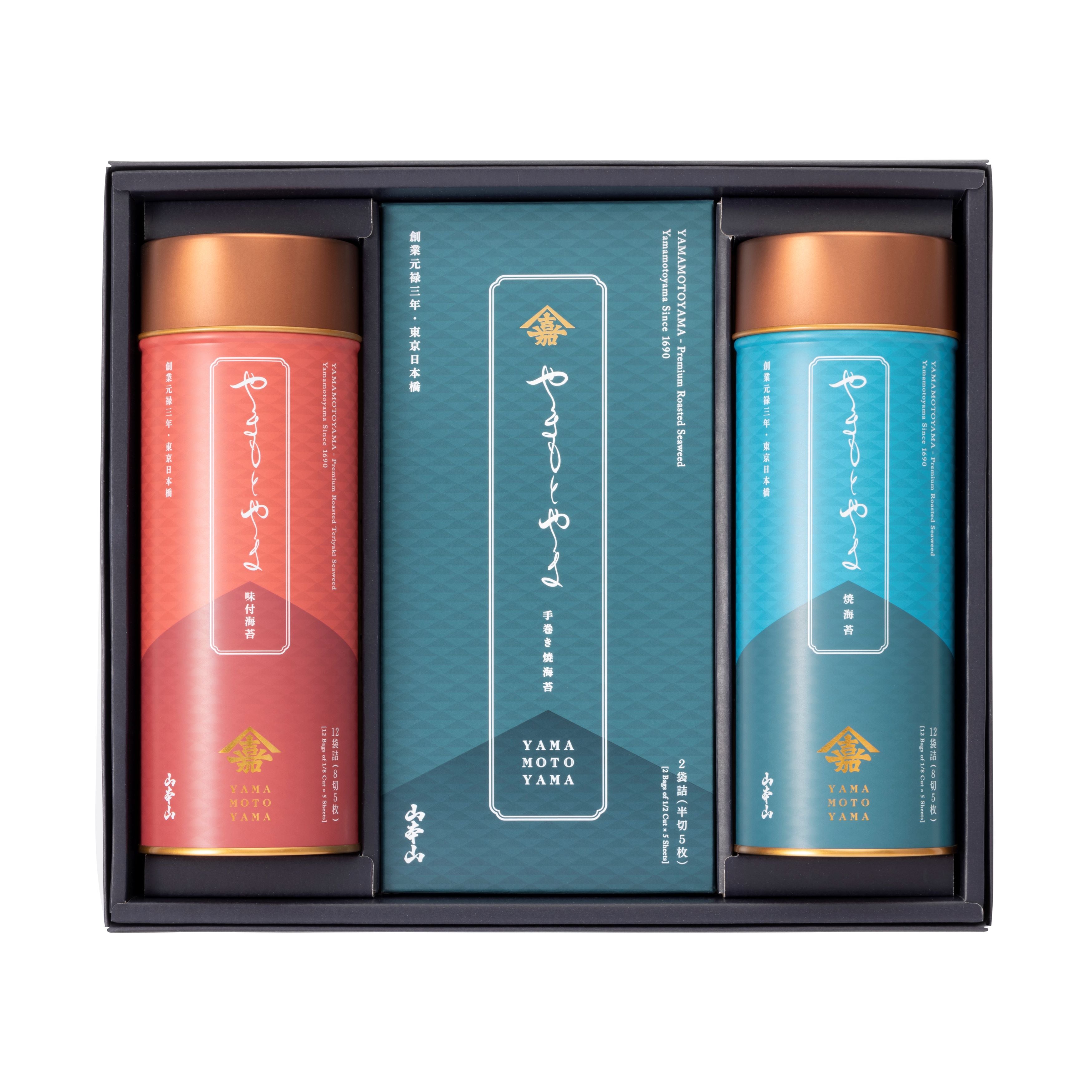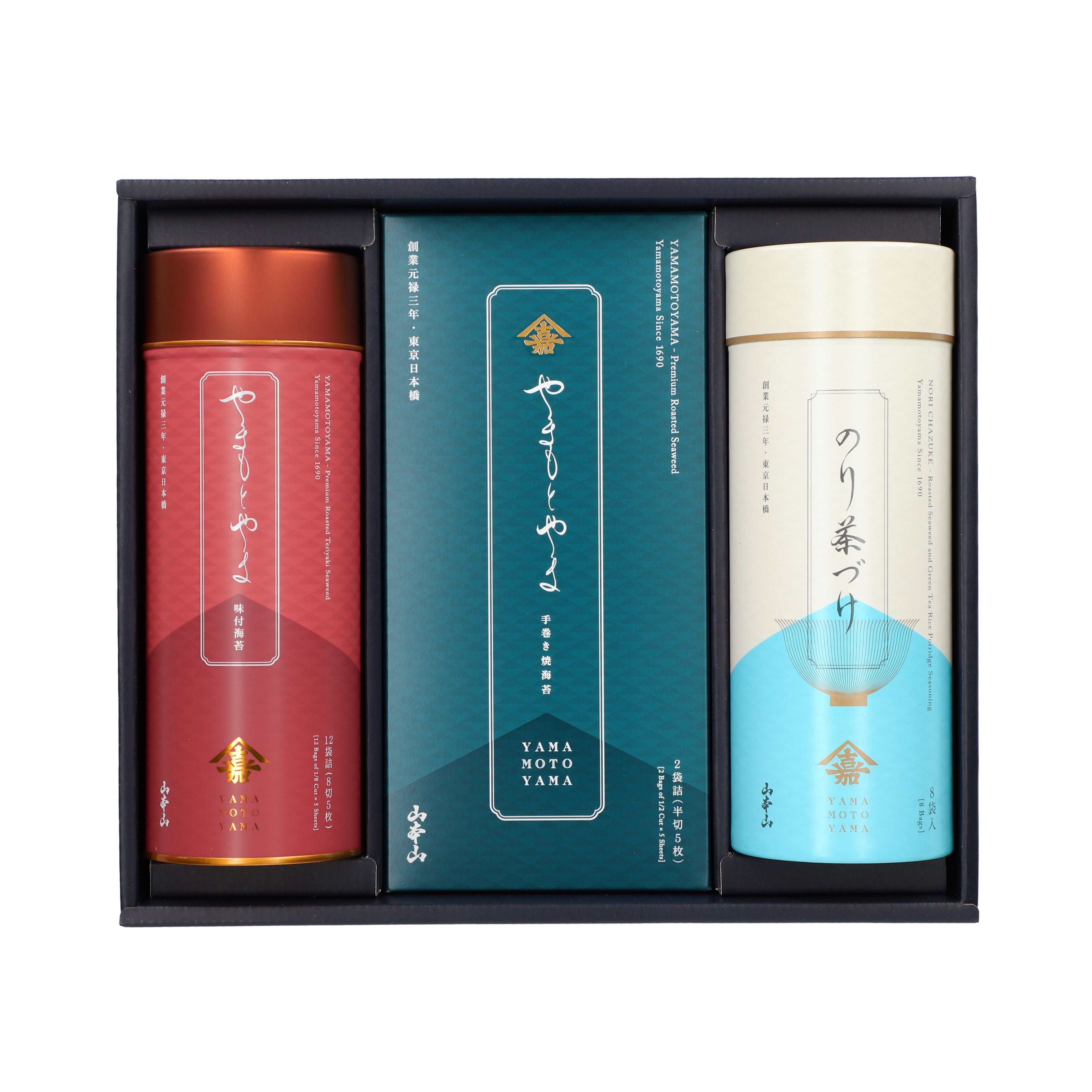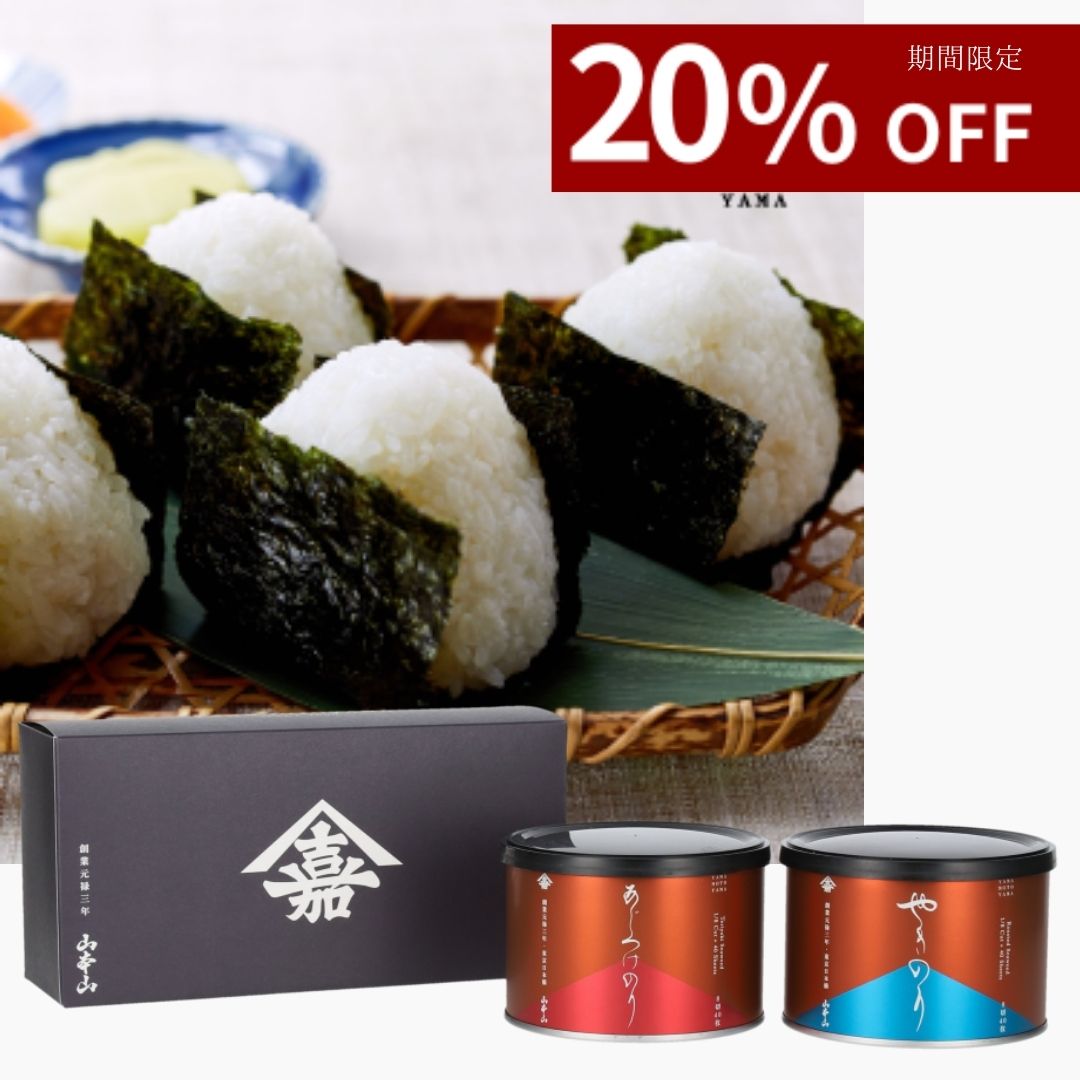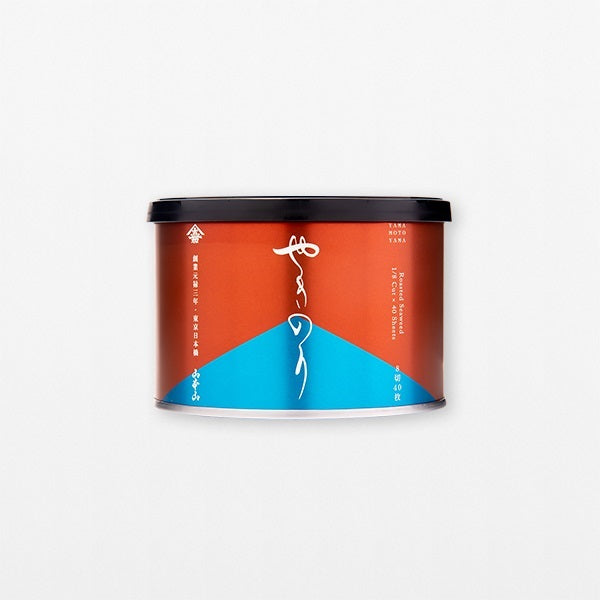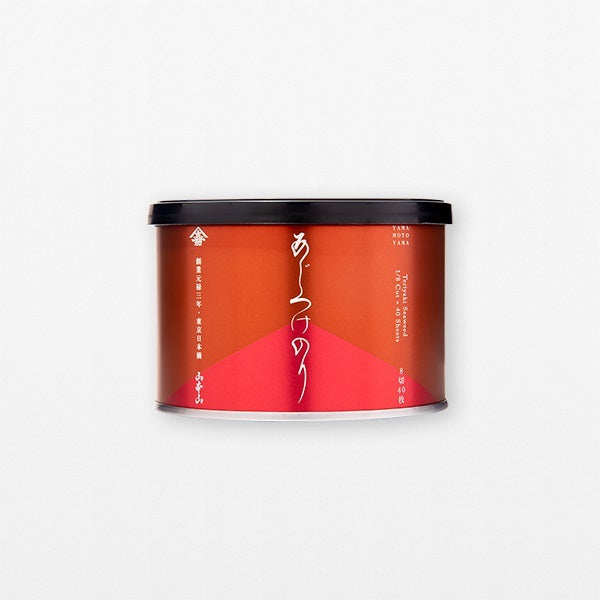Popularity Ranking
Up to 30% off regular prices
This week's bargains
special
Featured
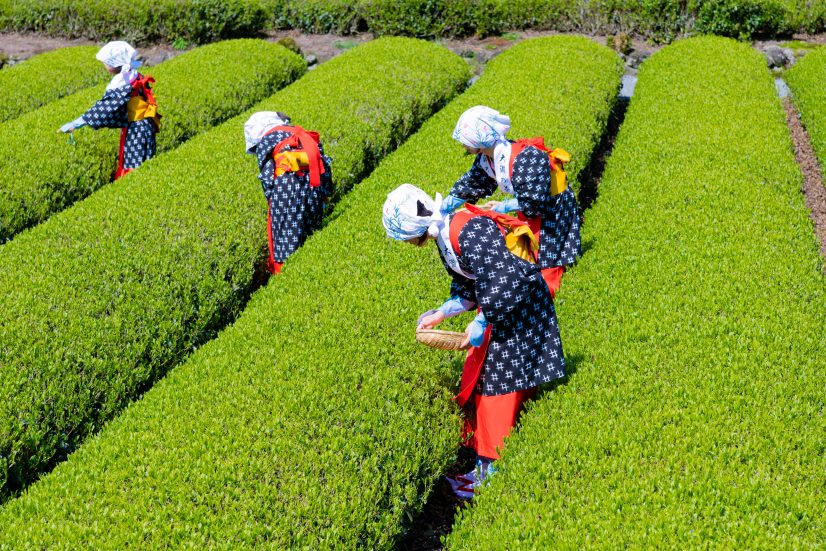
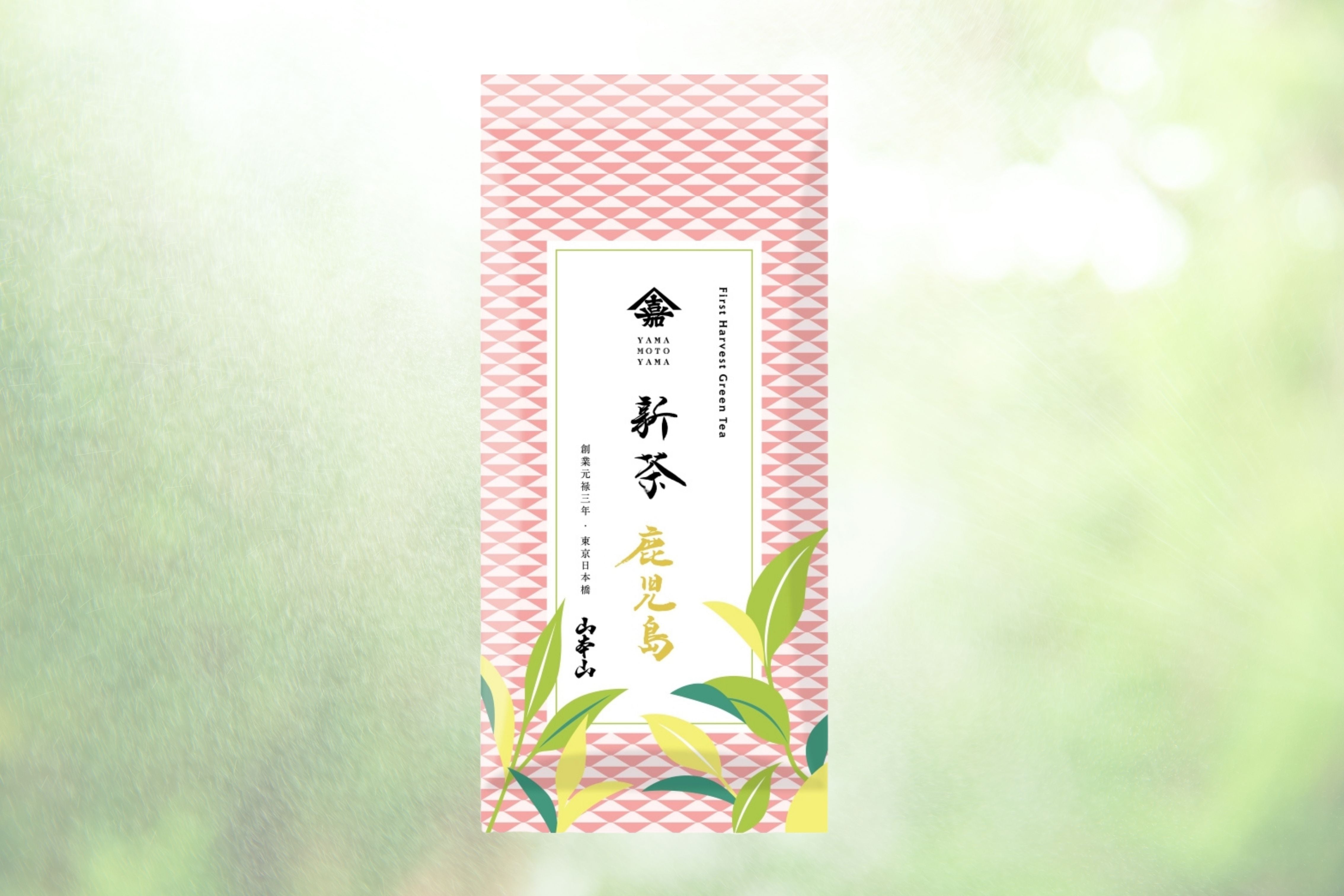
Tips
What kind of seaweed is recommended for Ehomaki?
Setsubun in 2025 is on Sunday, February 2. This year's lucky direction is southwest.
In this article, we will introduce the origins of Ehomaki and the recommended seaweed for Ehomaki.
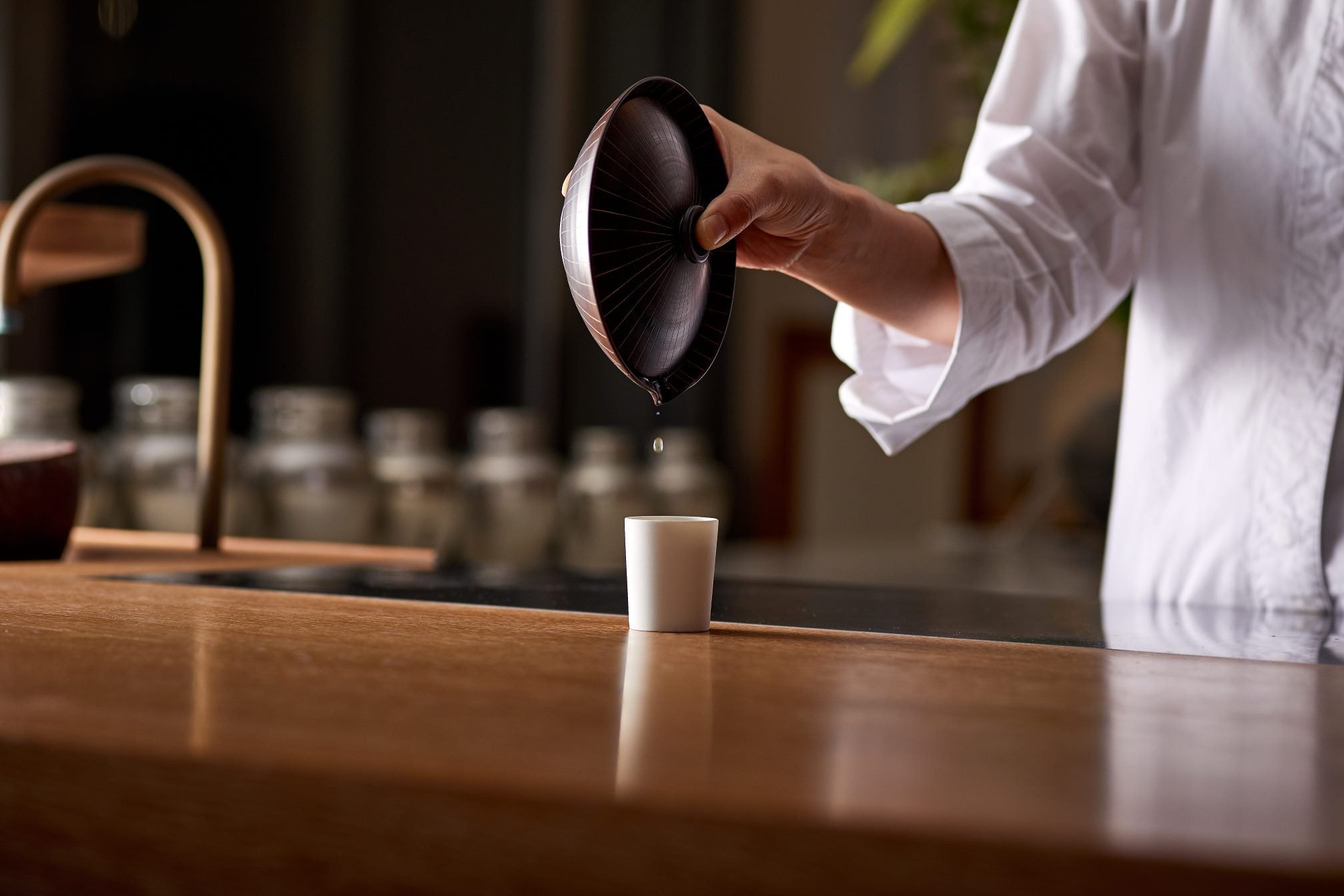
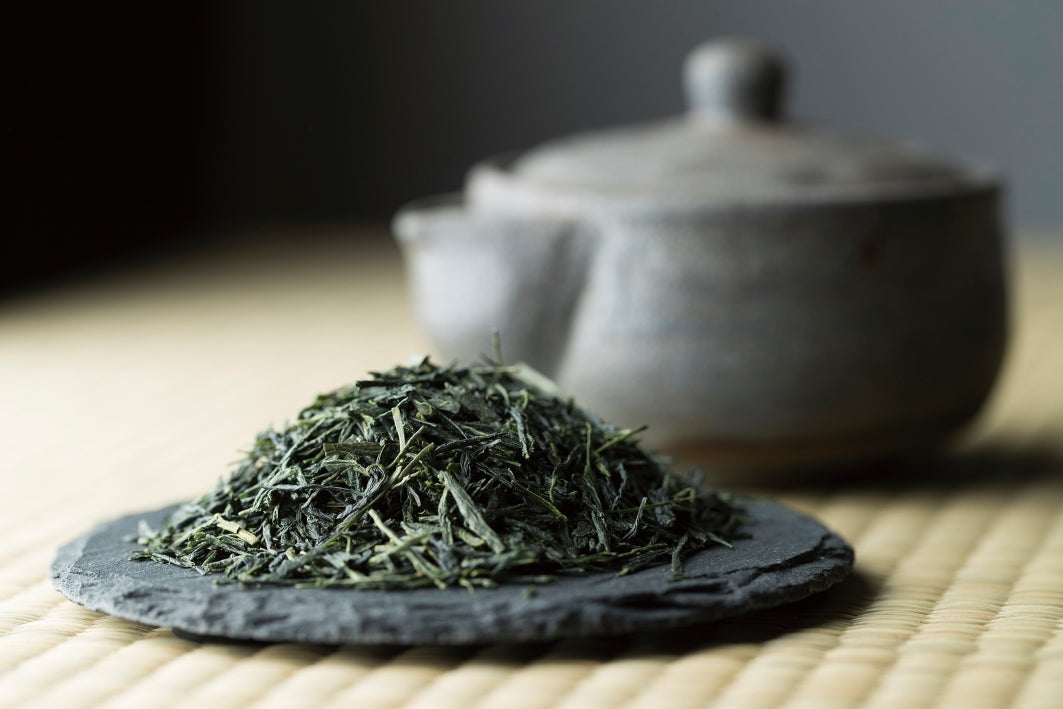
Origin: Kyoto Prefecture
Gyokuro
Gyokuro was invented by the sixth generation of Yamamotoyama during the Edo period. You can enjoy the rich flavor of tea leaves grown under cover and the characteristic covered aroma of Gyokuro.
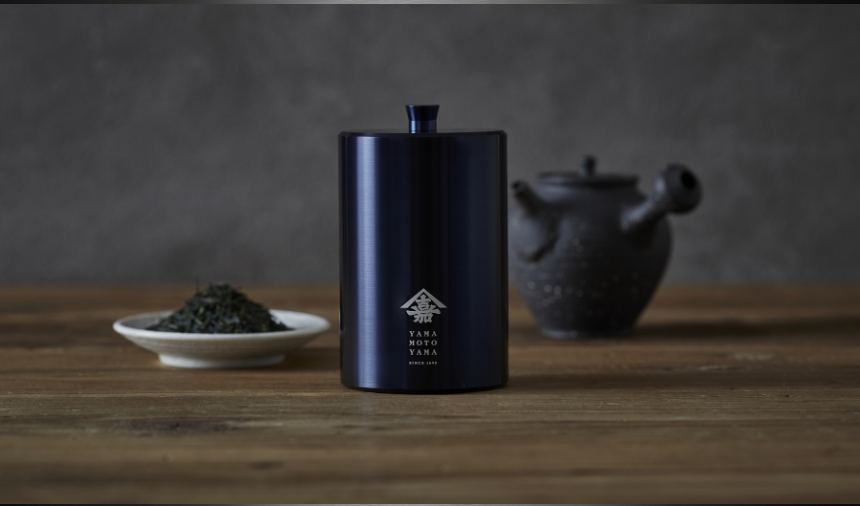
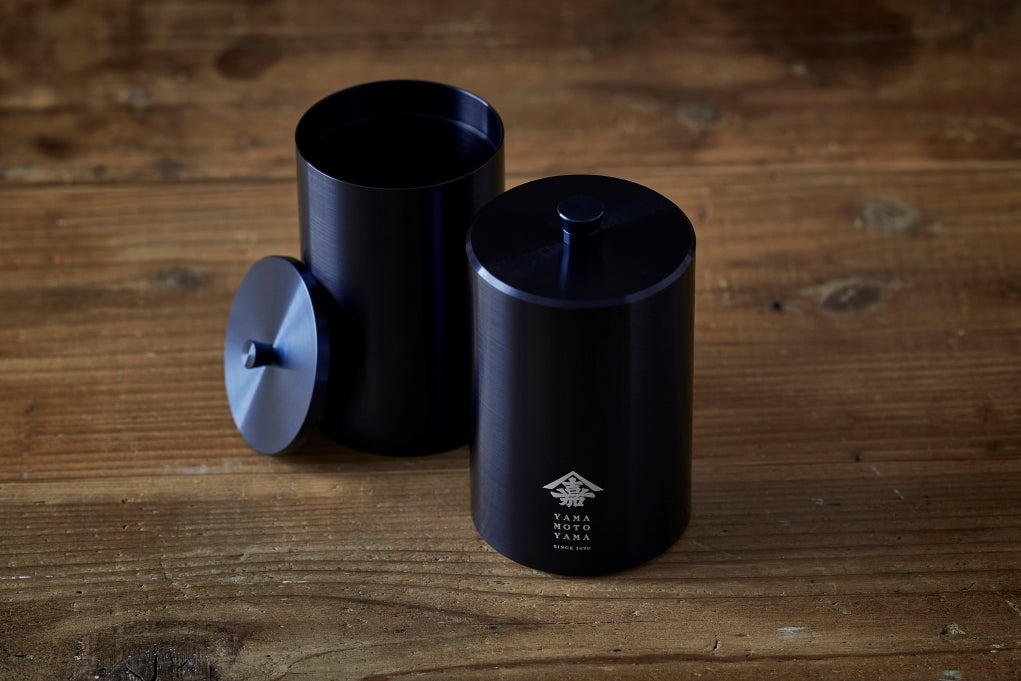
Tea caddy: a symbol of tradition and a will for the future
Limited quantity canister-S
Simple yet profound. Its sophisticated design lifts the spirits of those who see it and makes them want to touch it.
Introducing the "canister-S" dressed in Yamamotoyama's noren color.
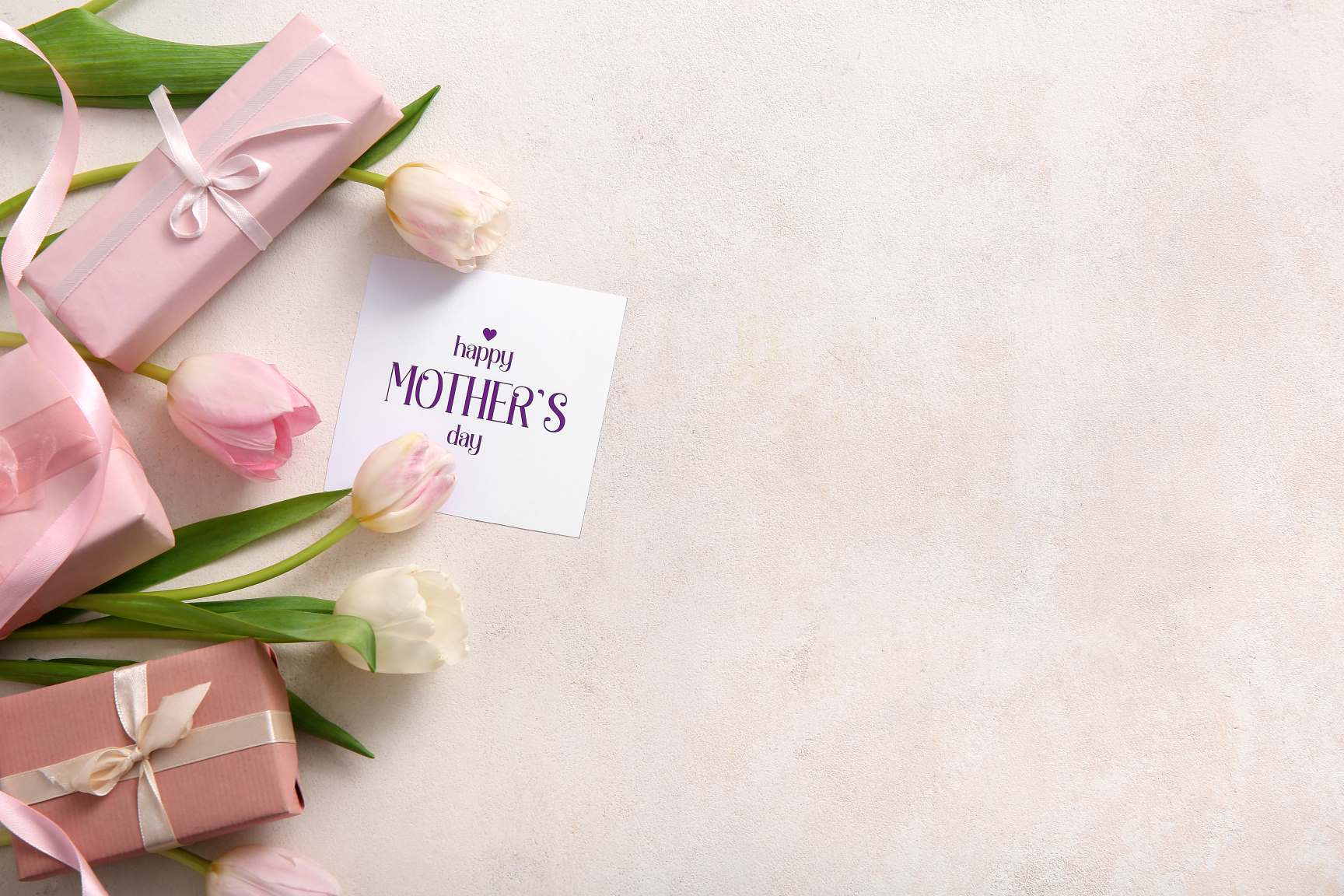
About
Recommended for Mother's Day | Seaweed gift that brings good luck
Yamamotoyama Gifts, which are a symbol of longevity and good fortune, are also perfect for Mother's Day gifts. In this article, we will thoroughly explain the good luck that seaweed brings and its appeal as a gift. We will also introduce recommended seaweed gifts for Mother's Day.
Monthly Recommend
This month's recommendation
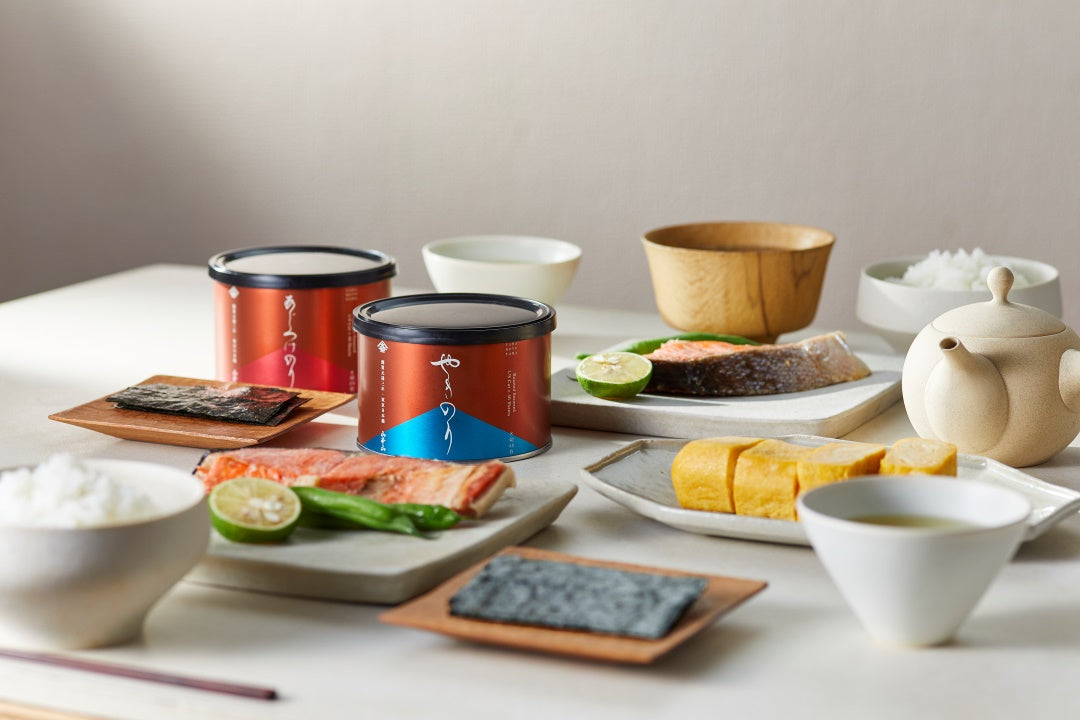
Product Overview

Reading
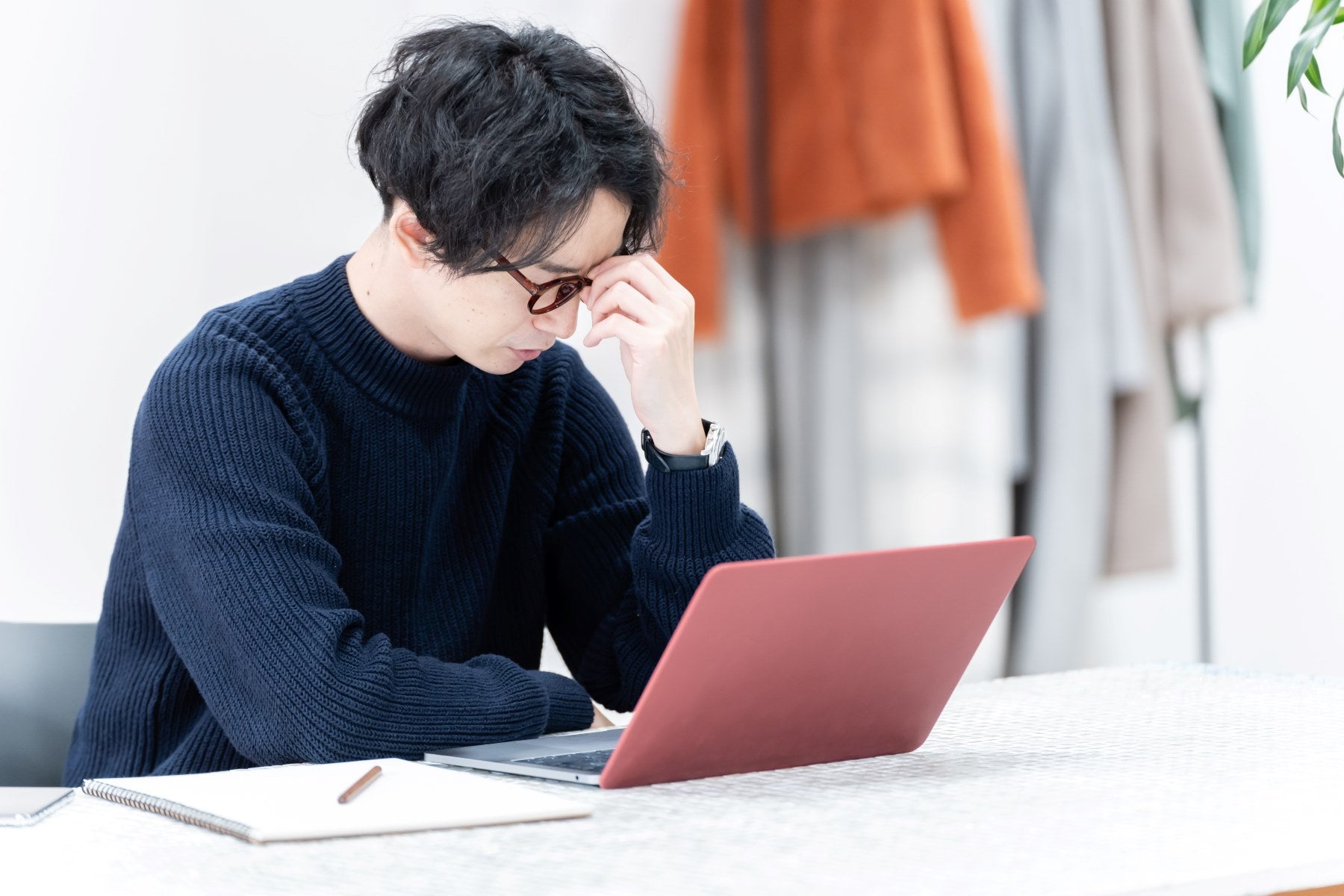
Increase your concentration! What is the surprising mechanism by which caffeine blocks drowsiness?
A thorough explanation of the relationship between sleepiness and caffeine! We will clearly explain the mechanism by which caffeine exerts its stimulating effect, based on the chemical reactions th...
Read more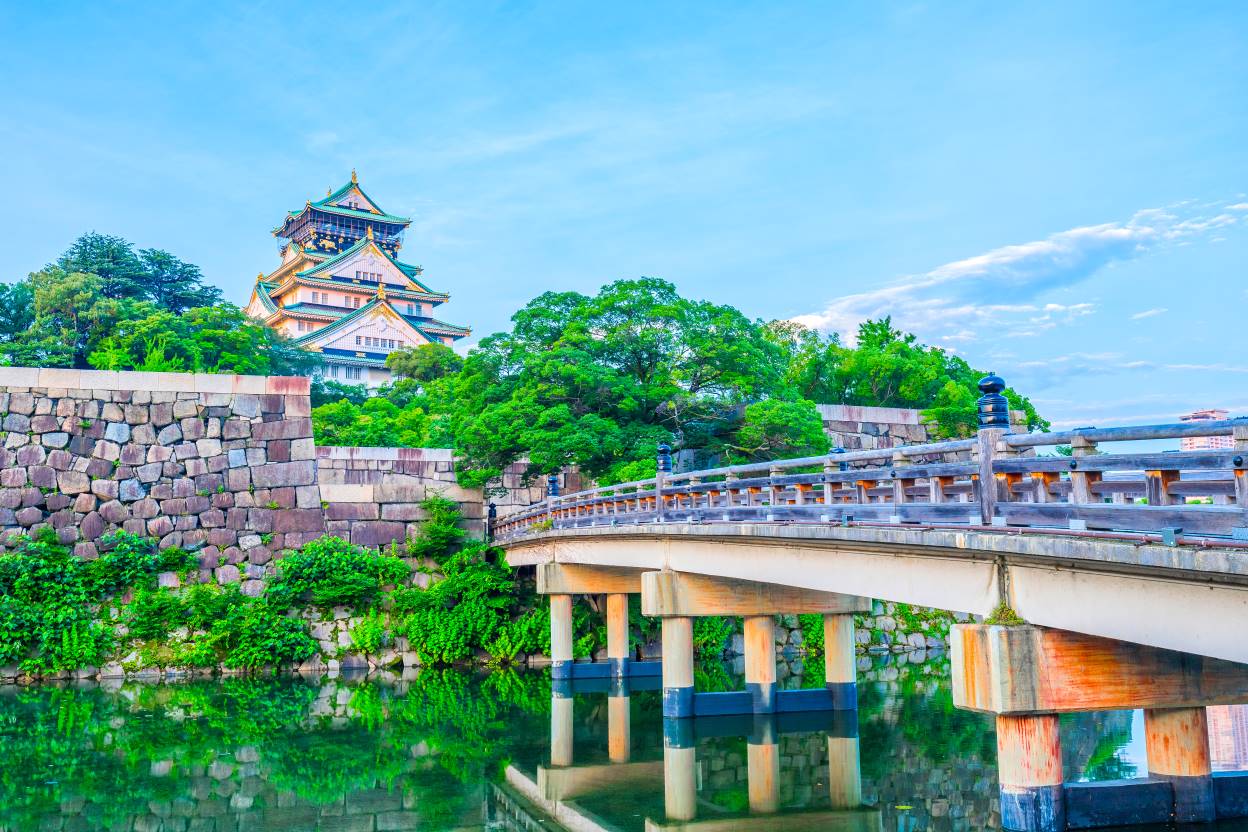
While Toyotomi Hideyoshi, the ruler of Japan, used the tea ceremony as a tool to demonstrate his power, he also created a place for interaction with the people and met many talented people. Throug...
Read more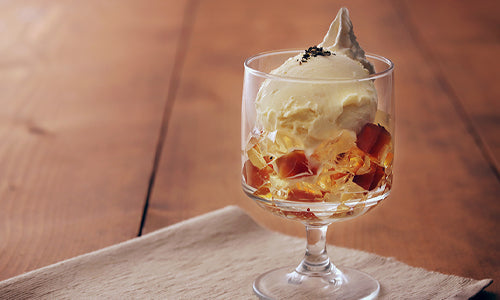
A simple mini parfait recipe with the aroma of roasted green tea!
The delicious aroma of roasted green tea is irresistible! Here is a recipe for an easy and stylish roasted green tea mini parfait.
Read moreNeed help?
Frequently asked questions
About ordering
Hokkaido, Honshu, Shikoku, Kyushu: 770 yen (1,100 yen for refrigerated delivery)
Okinawa: 1,650 yen (both normal and cool delivery)
Shipping is free for orders over 7,560 yen (tax included) per delivery. Additional shipping charges may apply for remote islands and some areas.
Room temperature and refrigerated shipping cannot be combined. Separate shipping fees will apply for each item.
Products will be delivered by Sagawa Express.
We do not accept orders via email. For orders by phone, please see below.
Yamamotoyama Online Shop Toll Free Number: 0120-546-645
*Telephone reception hours: 10:30-12:00 and 13:00-17:00 (weekdays excluding Saturdays, Sundays, and holidays)
Please note that when ordering by phone, credit card payments and convenience store payments cannot be used.
Please note that we cannot accept cancellations or changes due to customer convenience.
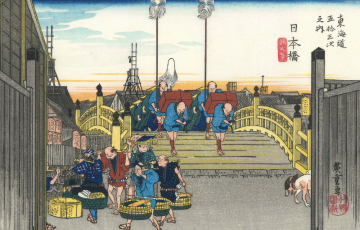
1690
1. Yamamotoyama founded
Yamamotoyama was founded in 1690 when the founder, Kahei Yamamoto, traveled from Kyoto to Edo and began business as a tea merchant in Nihonbashi.
"Uji tea is so delicious, I want as many people as possible to experience it."
The vision that Kahei Yamamoto had at the time of the company's founding has been passed down through generations and has marked many historical events related to tea up to the present day.
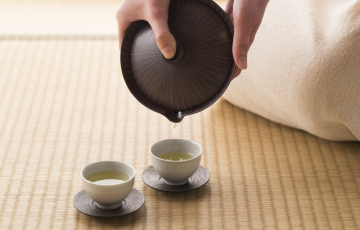
1738
2. The spread of Sencha
In 1738, Nagatani Soen, a tea master from Ujitawara, succeeded in refining "Aosei Sencha" (the prototype of modern-day Sencha), which was bright green in color and had a fragrant aroma.
Nagatani Soen went to Edo to try to sell this tea widely, and visited Yamamotoyama, the store's owner. The owner, Yamamoto Kahei, recognized the tea's quality at first glance, and bought it all on the spot, and even promised to buy more the following year.
Kahei Yamamoto named it "Tenkaichi" and began selling it in Nihonbashi. Its smooth texture met the tastes of the common people of Edo, and it quickly spread throughout the city.
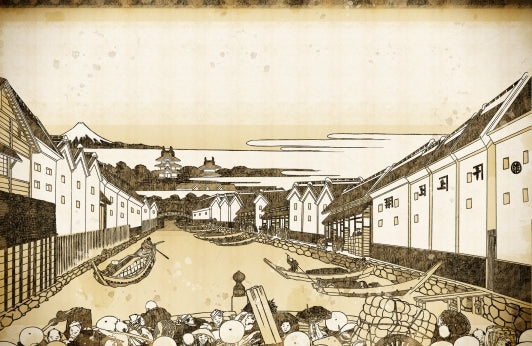
1816
3. The revival of Sayama tea
In 1816, the fifth generation Yamamoto Kahei supported the revival of "Sayama Tea".
Tea has been cultivated in the Sayama Hills since the Middle Ages, and people would drink it by crushing the tea leaves and infusing them in hot water, or by boiling the tea leaves as is.
During the Edo period, as "steamed sencha" became more popular, experimental sencha production began in Sayama, and sencha from Sayama was sent to Yamamoto Kahei (the fifth generation) to check its quality.
"I never thought that Sayama would have such delicious tea. It is as good as Uji tea. I too will spread the word about this tea throughout the country." Yamamoto Kahei is said to have praised the tea highly.

1835
4. The invention of Gyokuro
In 1835, the 6th generation Yamamoto Kahei invented Gyokuro.
When Kahei Yamamoto visited Kinoshita Kichizaemon's tea factory in Ogura Village, Uji, and was stirring the tea leaves with his hands, he noticed that as the tea leaves dried, they stuck to his hands, and when he tried to remove them forcefully, the tea ended up twisted into sticks.
After repeatedly recreating and tasting this tea with his fellow craftsmen, he discovered that it had a refined flavor and a bright, lustrous color, like nectar. When he brought this tea back to Edo and began selling it under the name "Gyokuro," it received rave reviews and became one of the Edo specialties.
*There are various theories about the origin of Gyokuro.
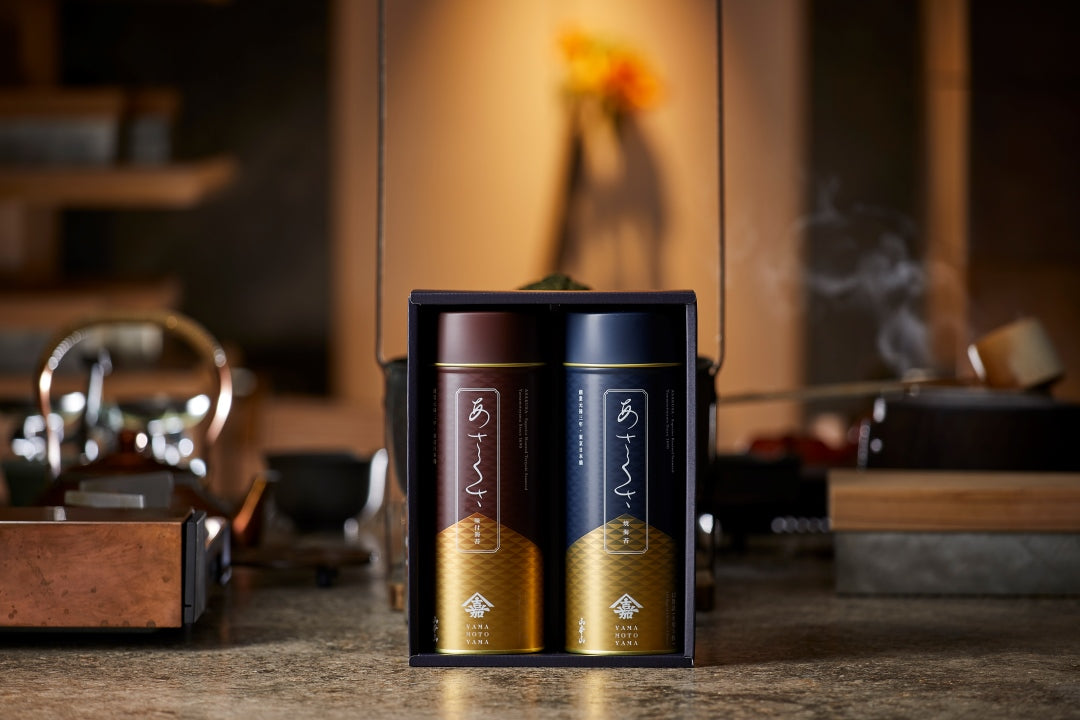
1947
5. Seaweed sales
In 1947, Yamamotoyama began selling "nori" seaweed.
Impressed by the deliciousness of seaweed from the Ariake Sea in Kyushu, the ninth generation owner, Kahei Yamamoto, decided to sell seaweed, as there were many similarities between the storage methods of tea and seaweed, both of which dislike humidity, and because the seasons for tea and seaweed are different, it would be possible to sell the product throughout the year.
In this way, Yamamotoyama expanded its business by offering two seasonal products per year: "spring tea" and "winter seaweed."
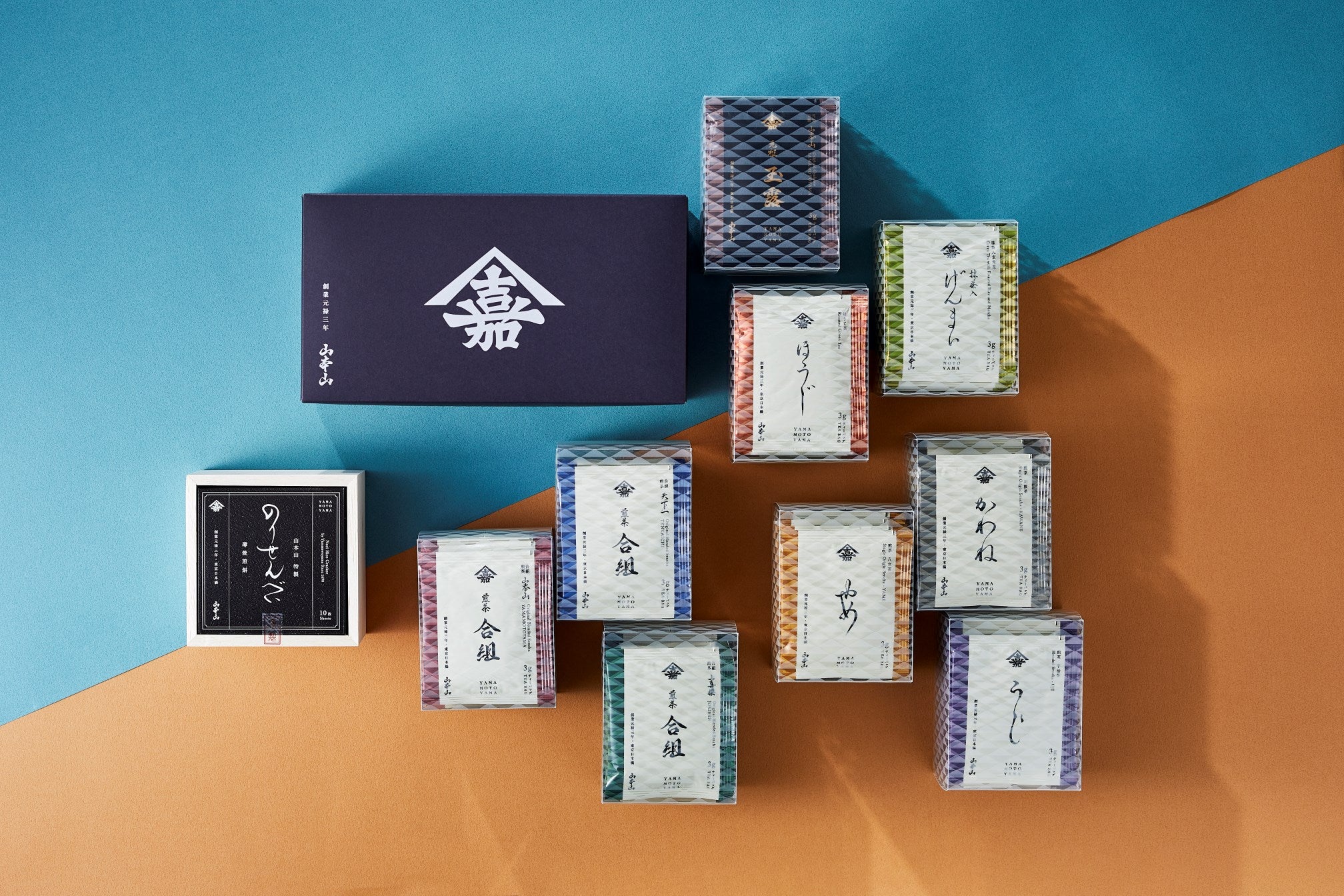
1960~
Sixth, business expansion
Yamamotoyama will continue to expand its business so that more customers can enjoy tea and seaweed.
In 1963, we launched Japan's first "Japanese tea tea bags," which made it possible to easily enjoy high-quality tea without using a teapot.
In the 1970s, Yamamotoyama accelerated its overseas expansion. In 1970, the company established a local subsidiary in the state of São Paulo, Brazil. Located on the other side of the country from Japan, Brazil has a climate suited to tea cultivation, and the company began producing tea there.
In 1973, we established a local subsidiary in Los Angeles, USA. With the growing popularity of Japanese food, we strengthened sales of tea and nori seaweed to overseas customers.
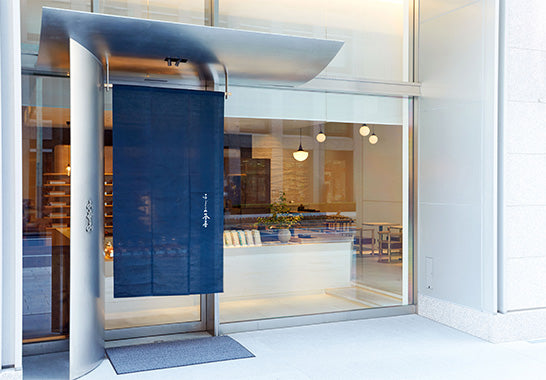
2000~
7. Present
In 2017, Yamamotoyama underwent a rebranding and revamped its core products. The numerous product lines were streamlined, and the product packaging was redesigned based on the concept of "Edo aesthetics," which is the origin of Yamamotoyama.
In 2018, Yamamotoyama Fujie Sabo will open in the original location of Yamamotoyama in Nihonbashi, Tokyo. In addition to being able to enjoy specially selected teas from around the country brewed in a special way, the cafe will also be offering dishes featuring seaweed and tea-themed sweets, proposing new value to customers in the combination of tea and seaweed.
